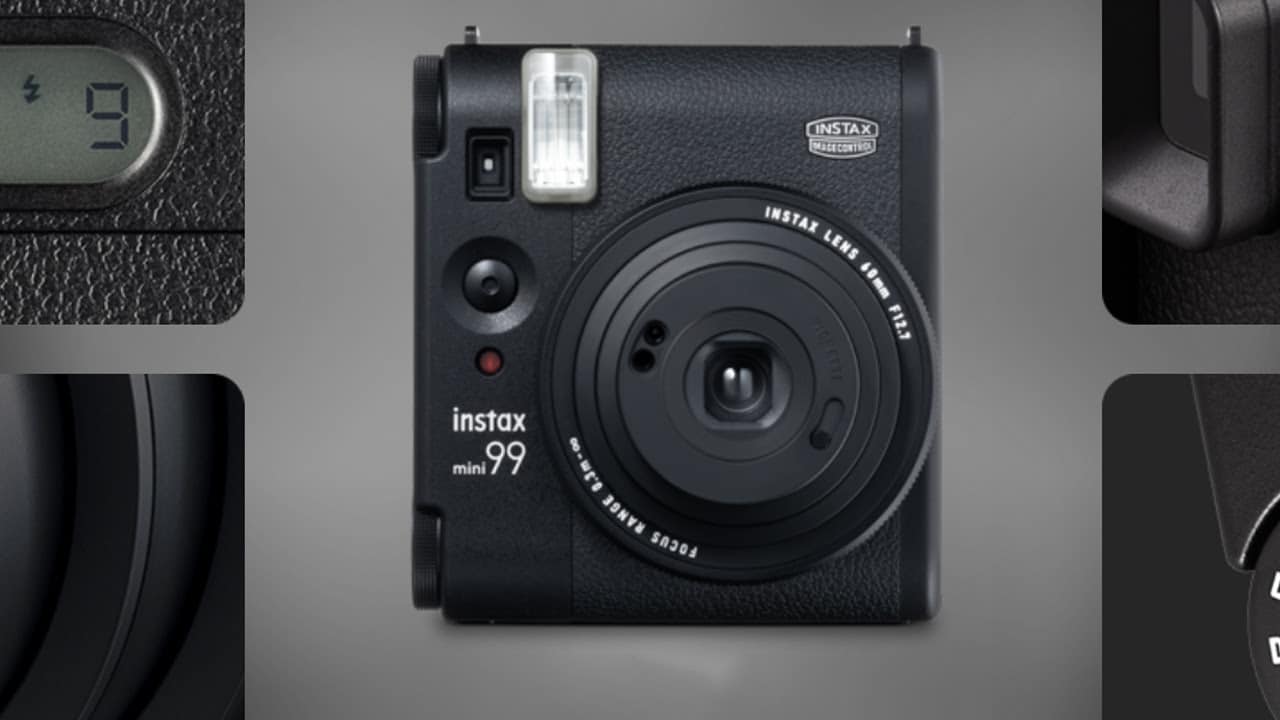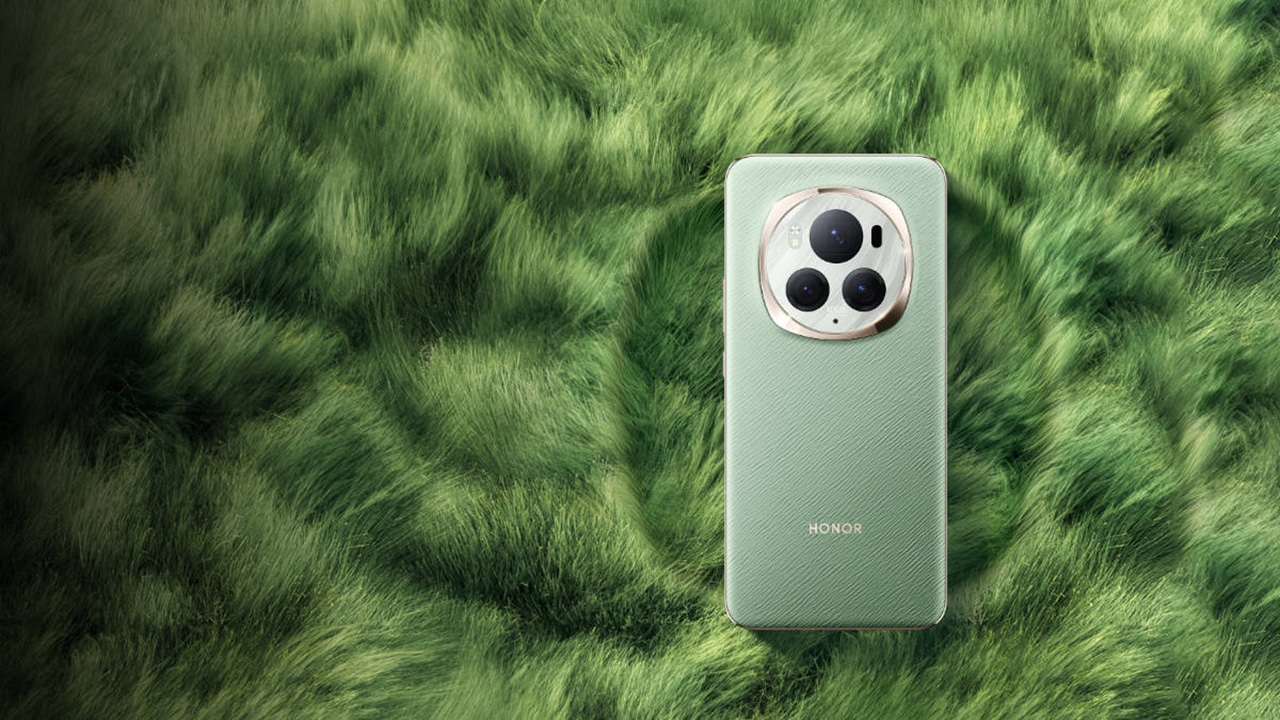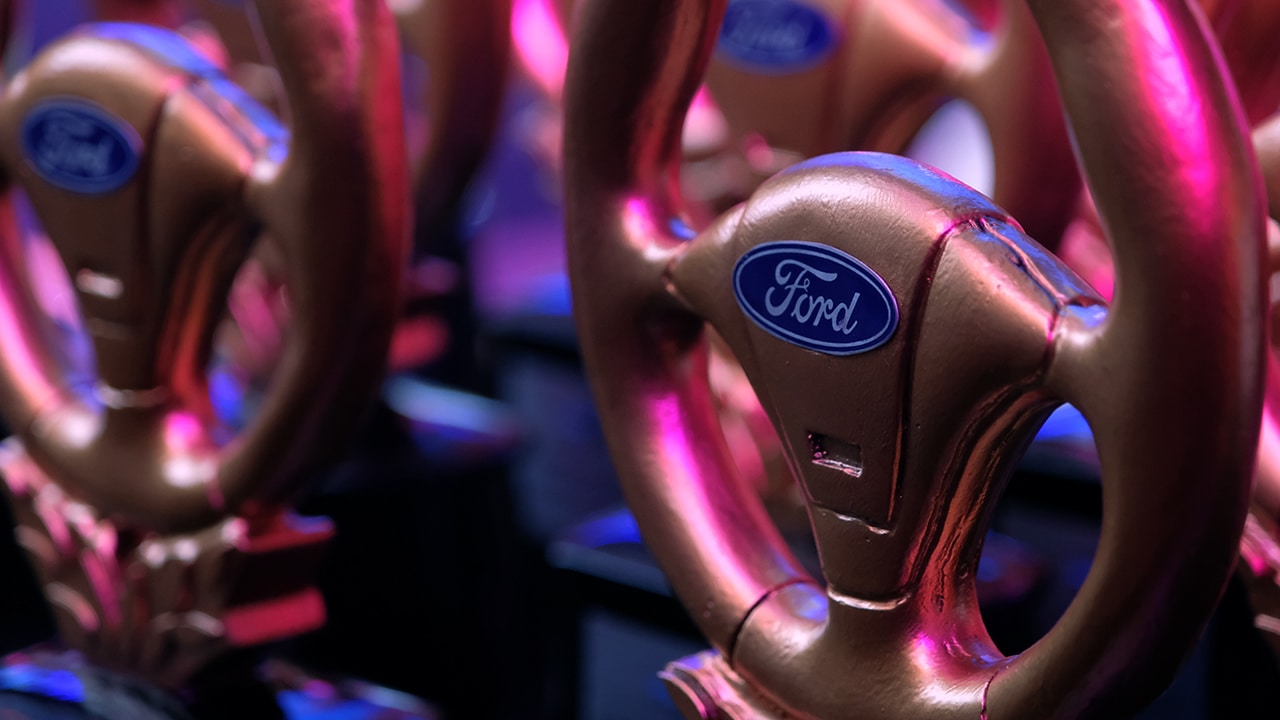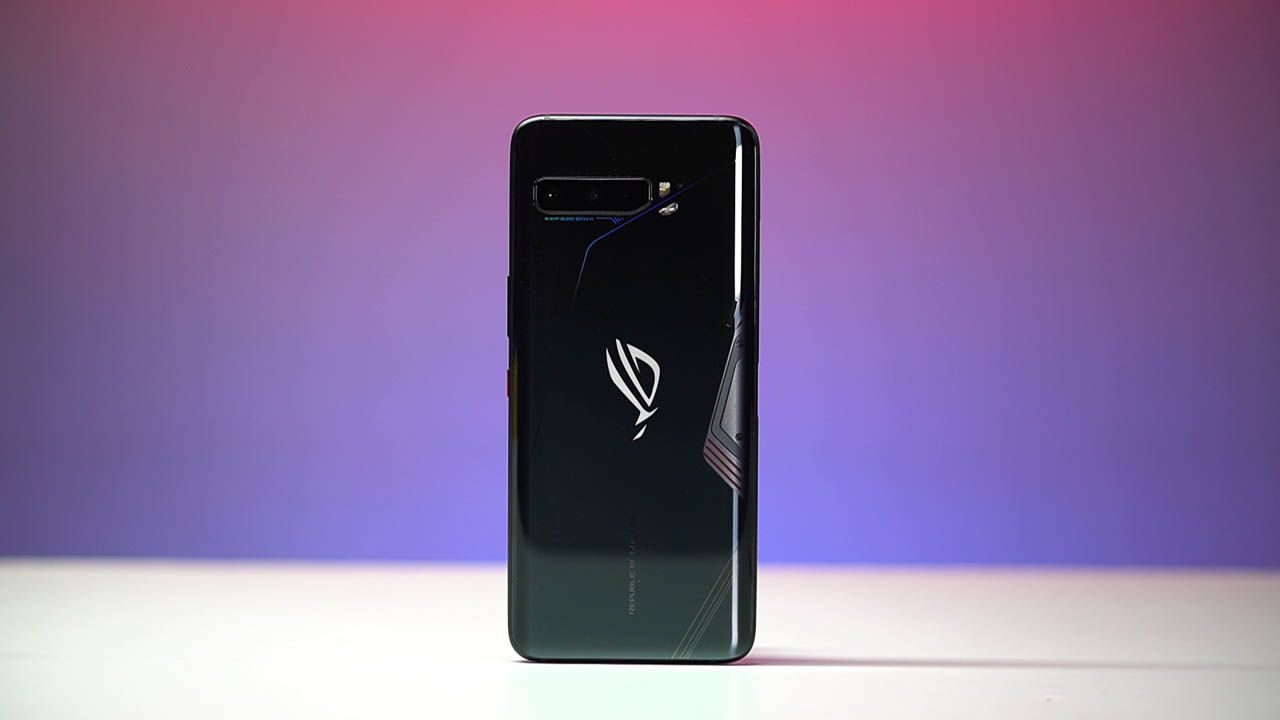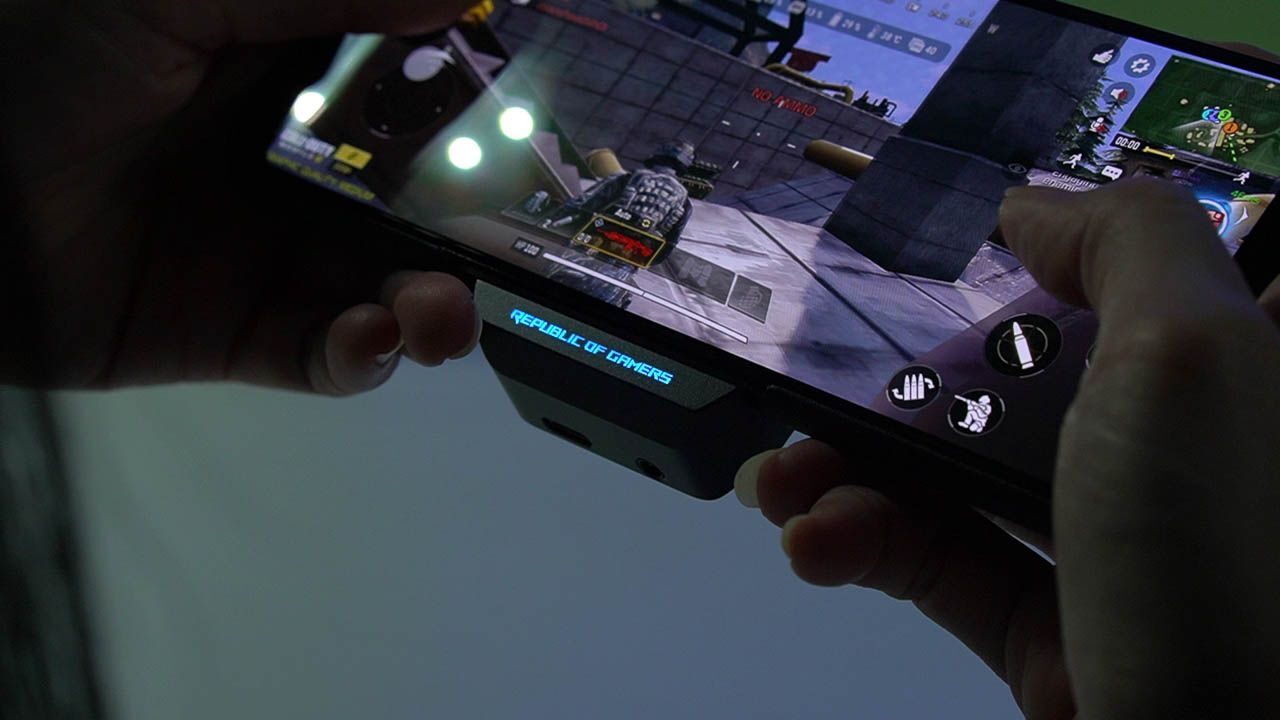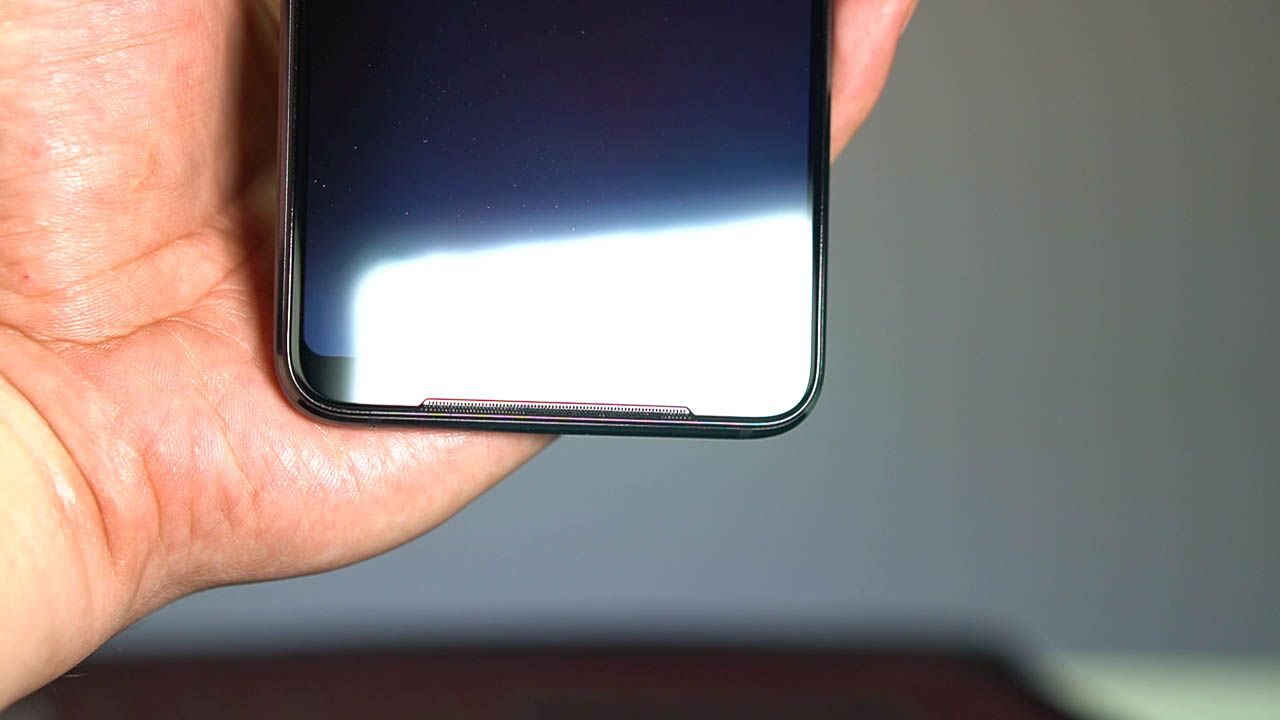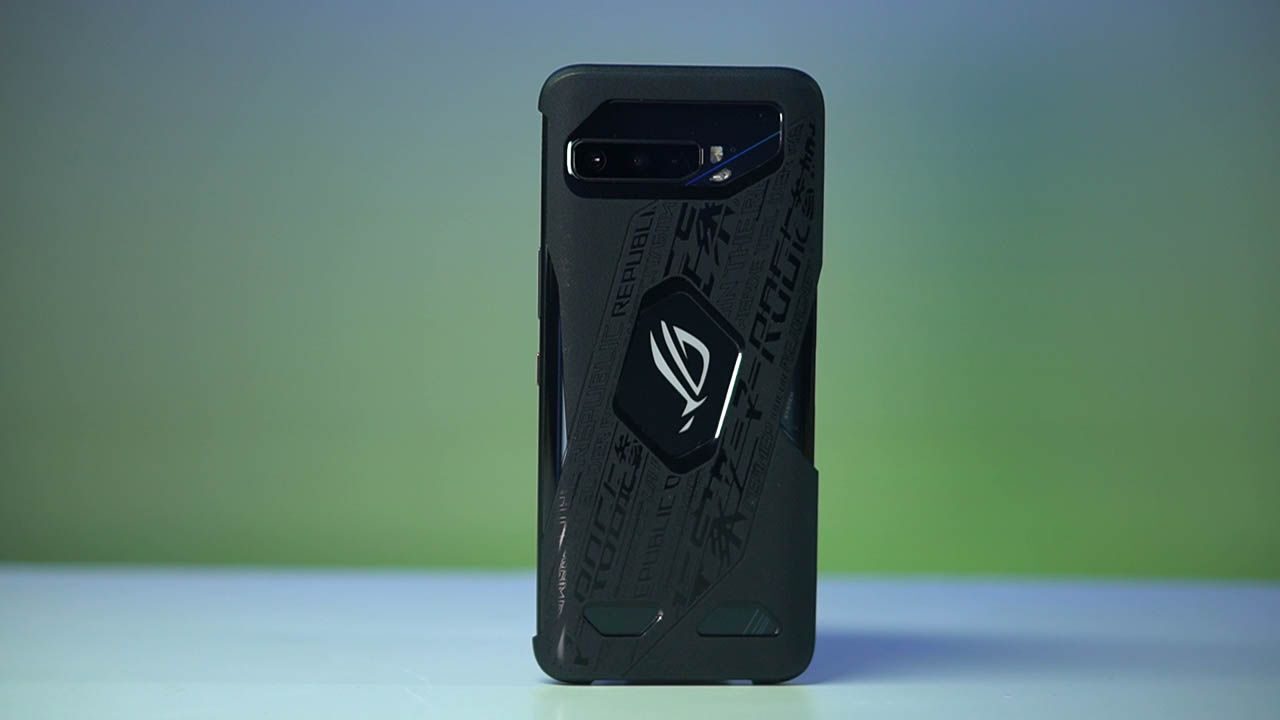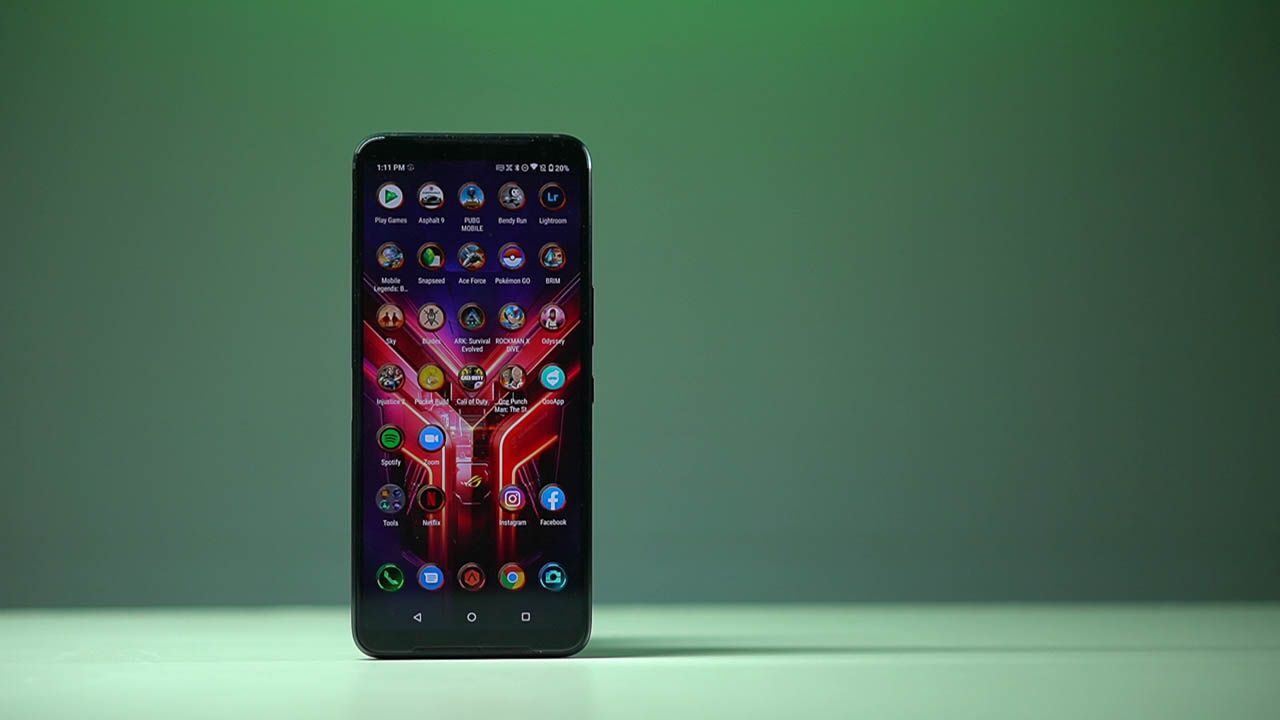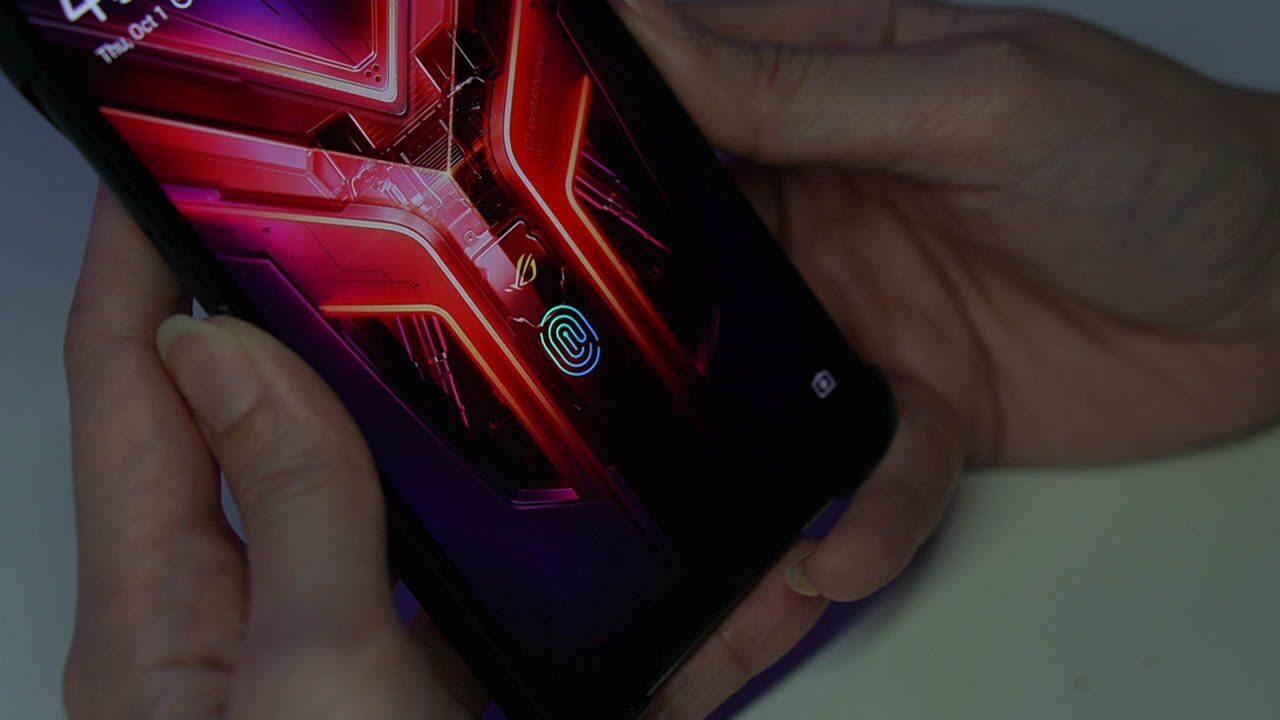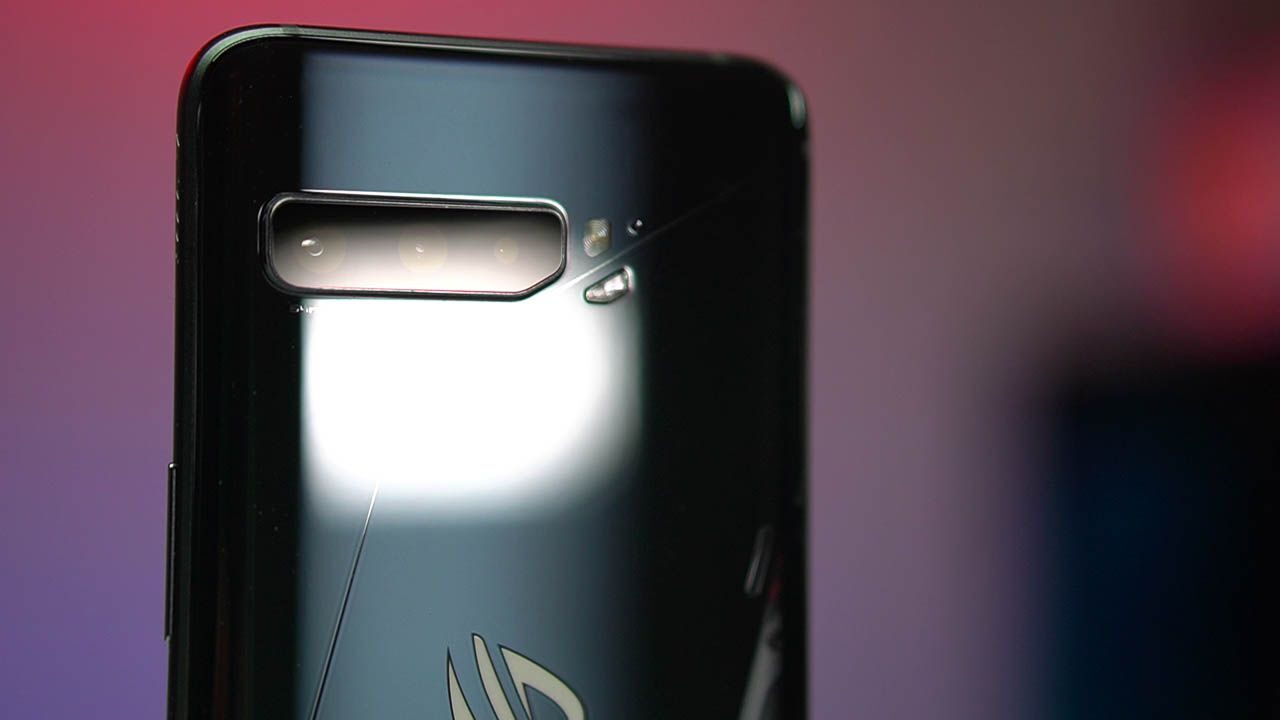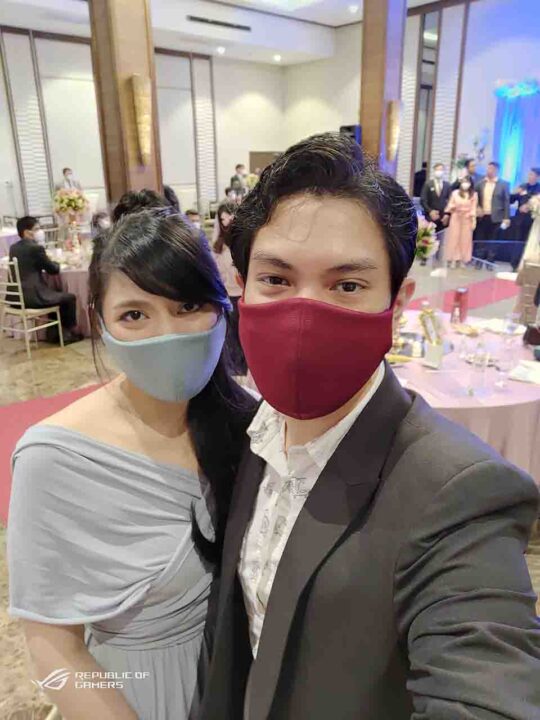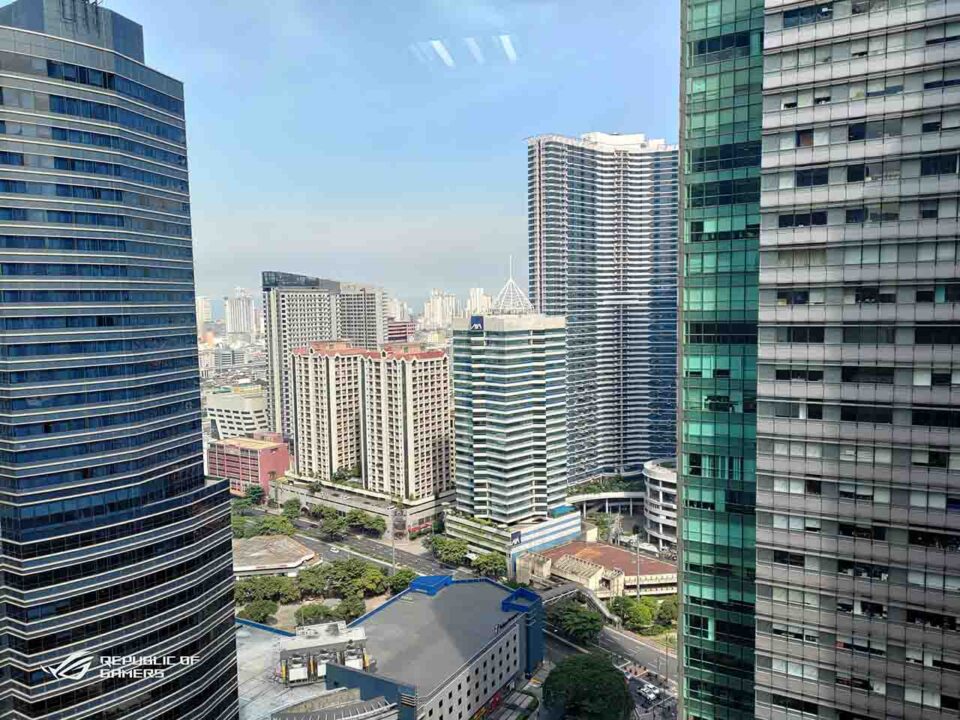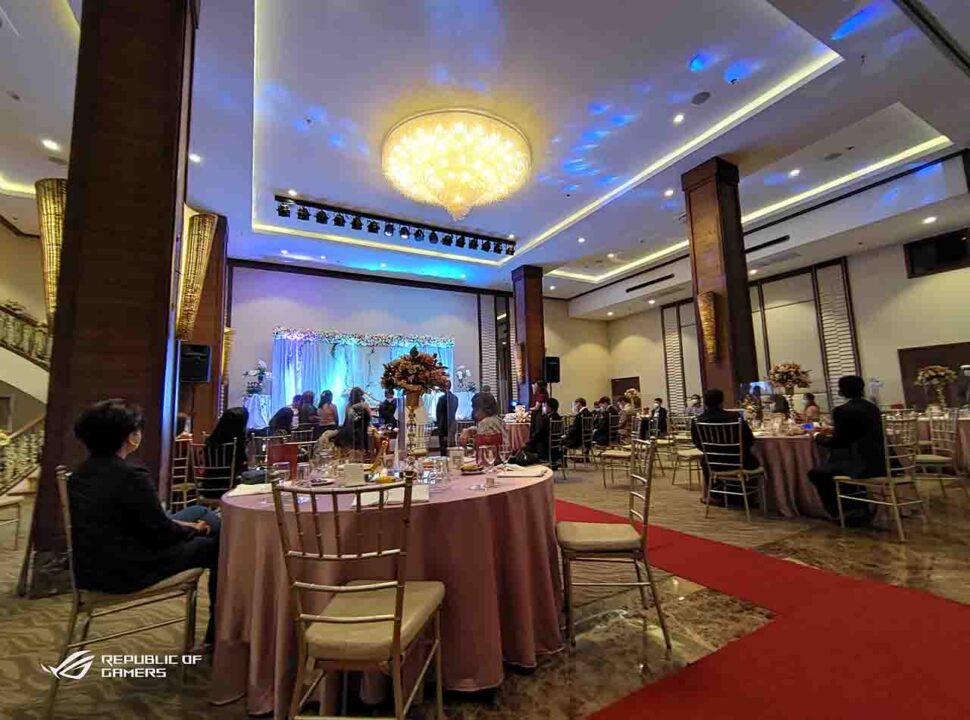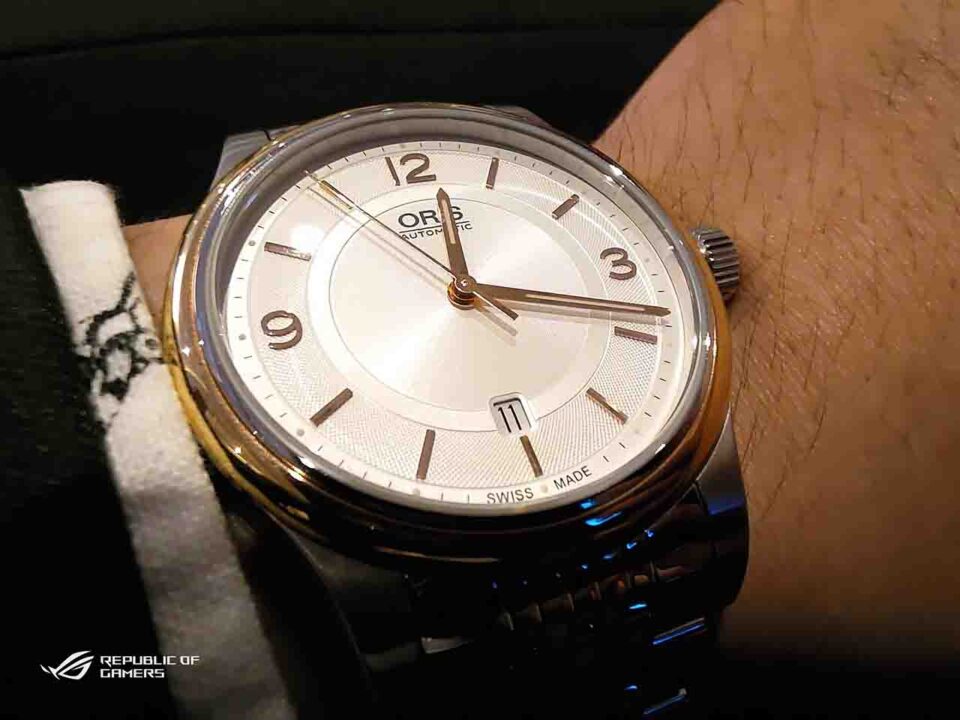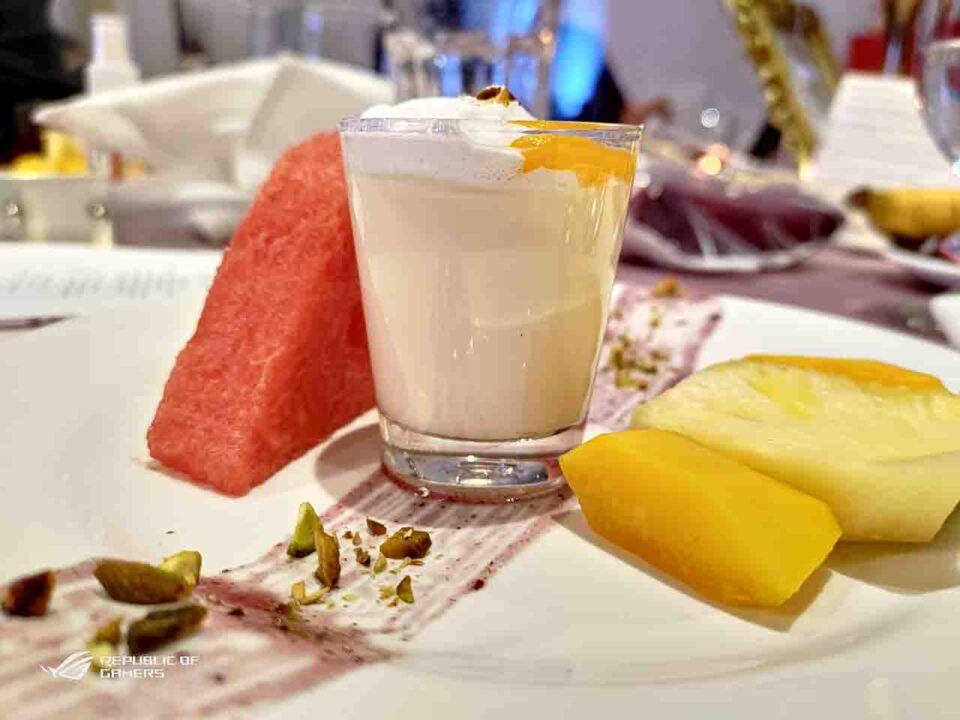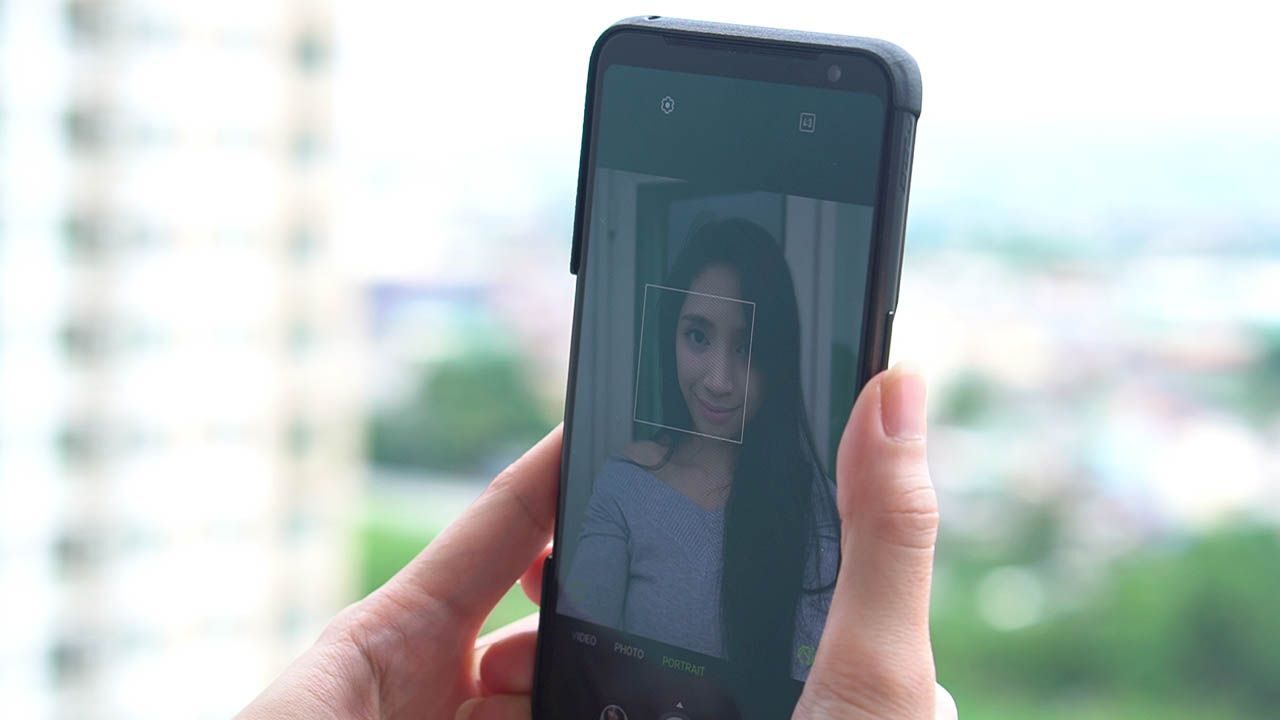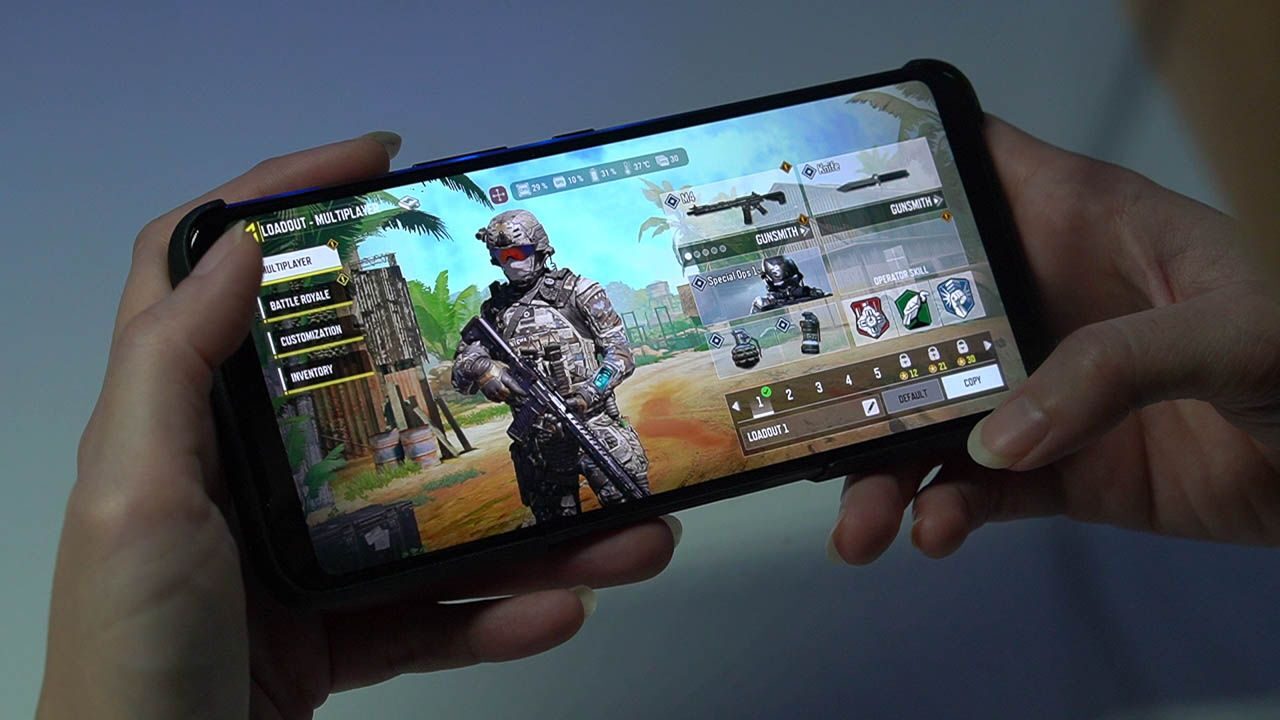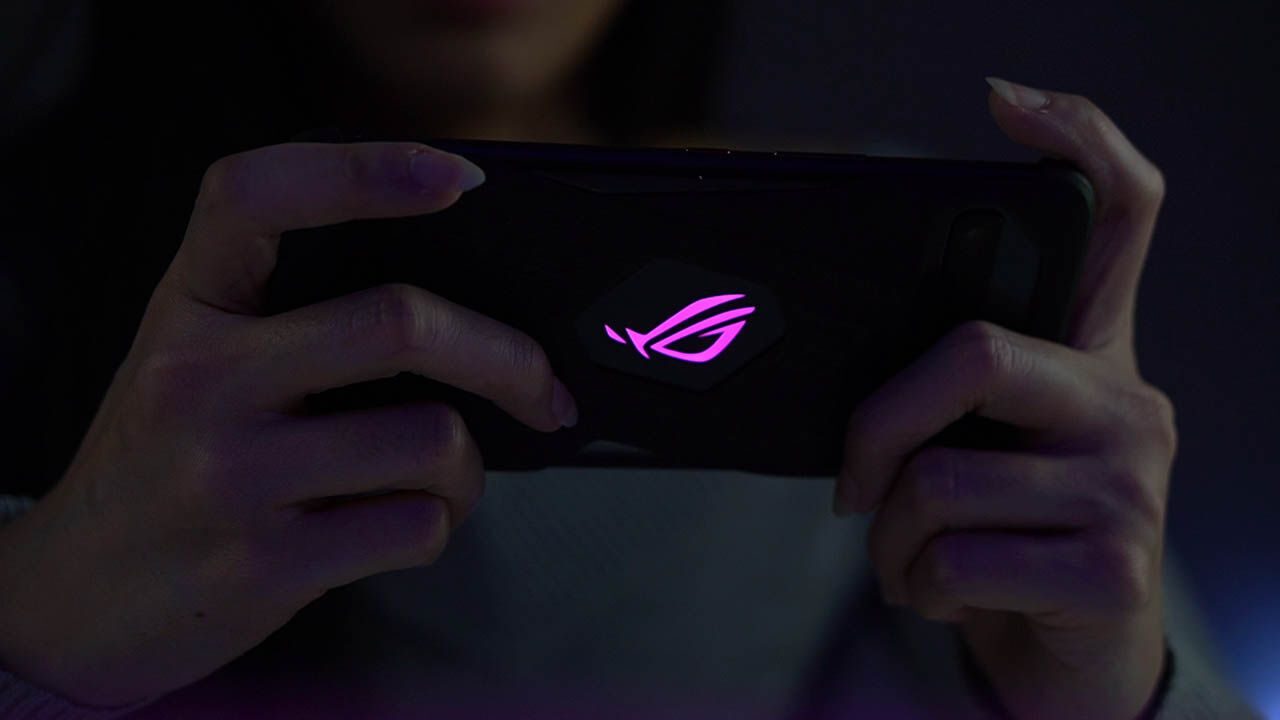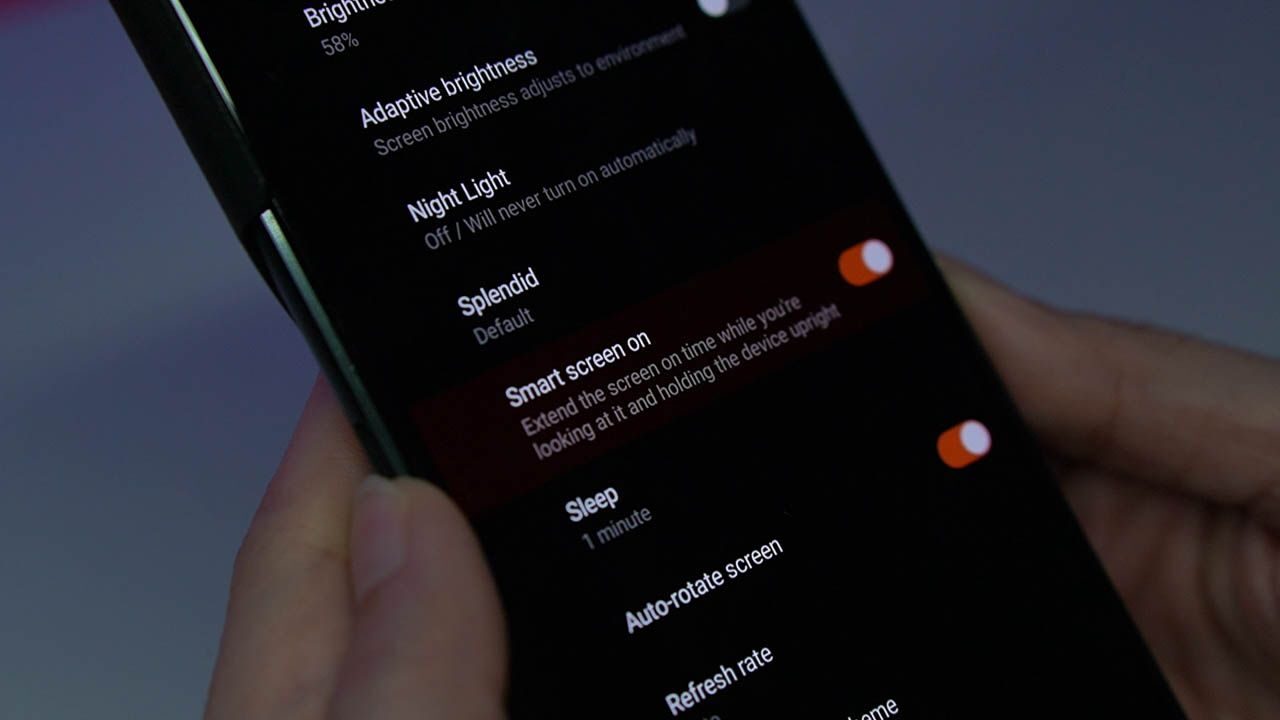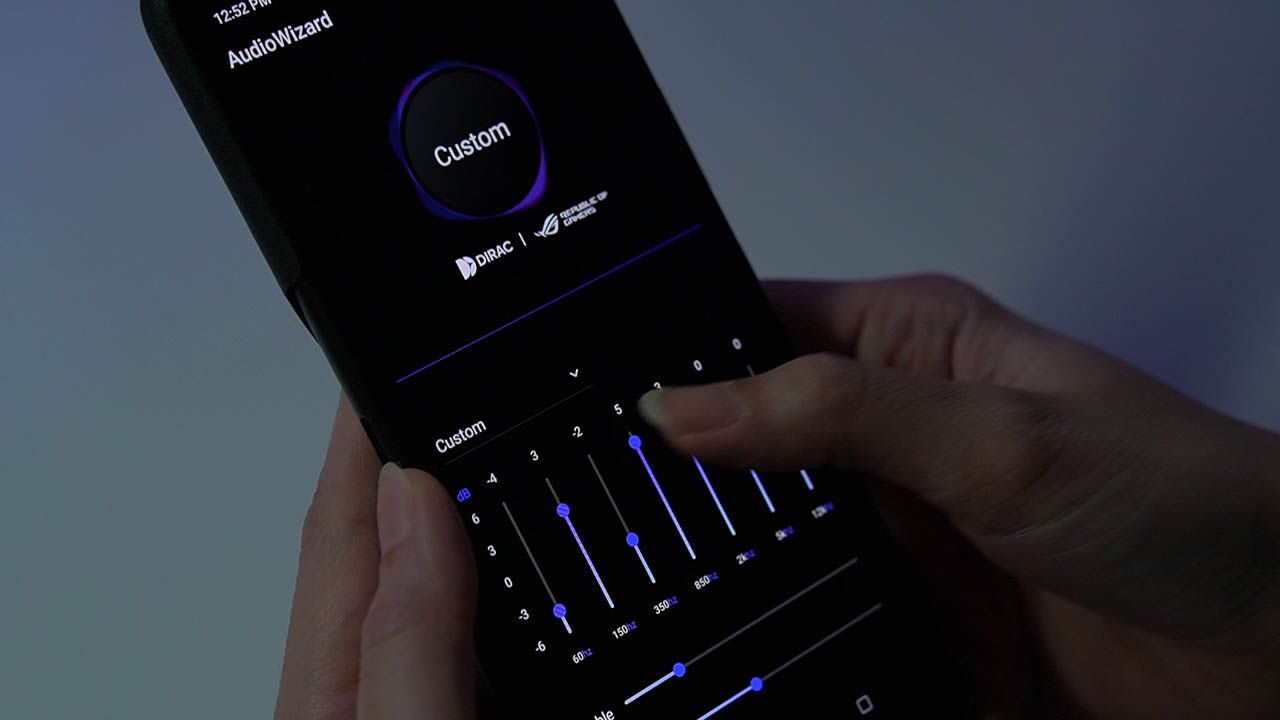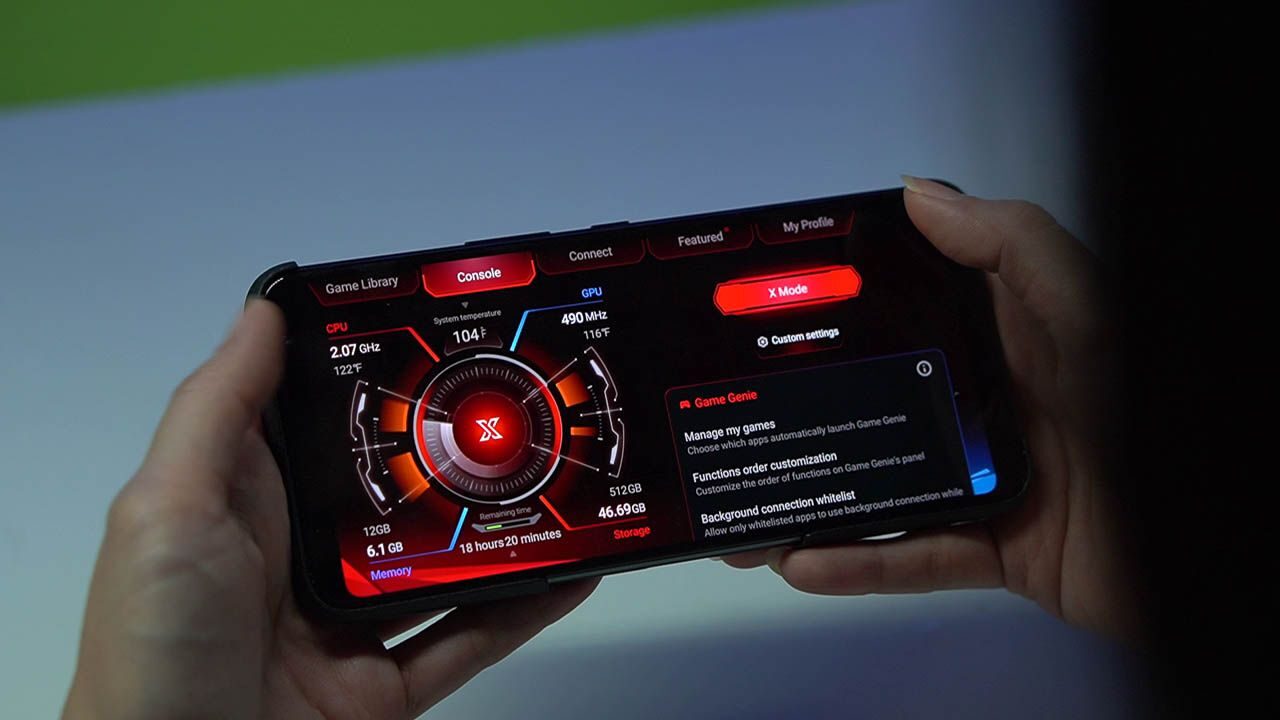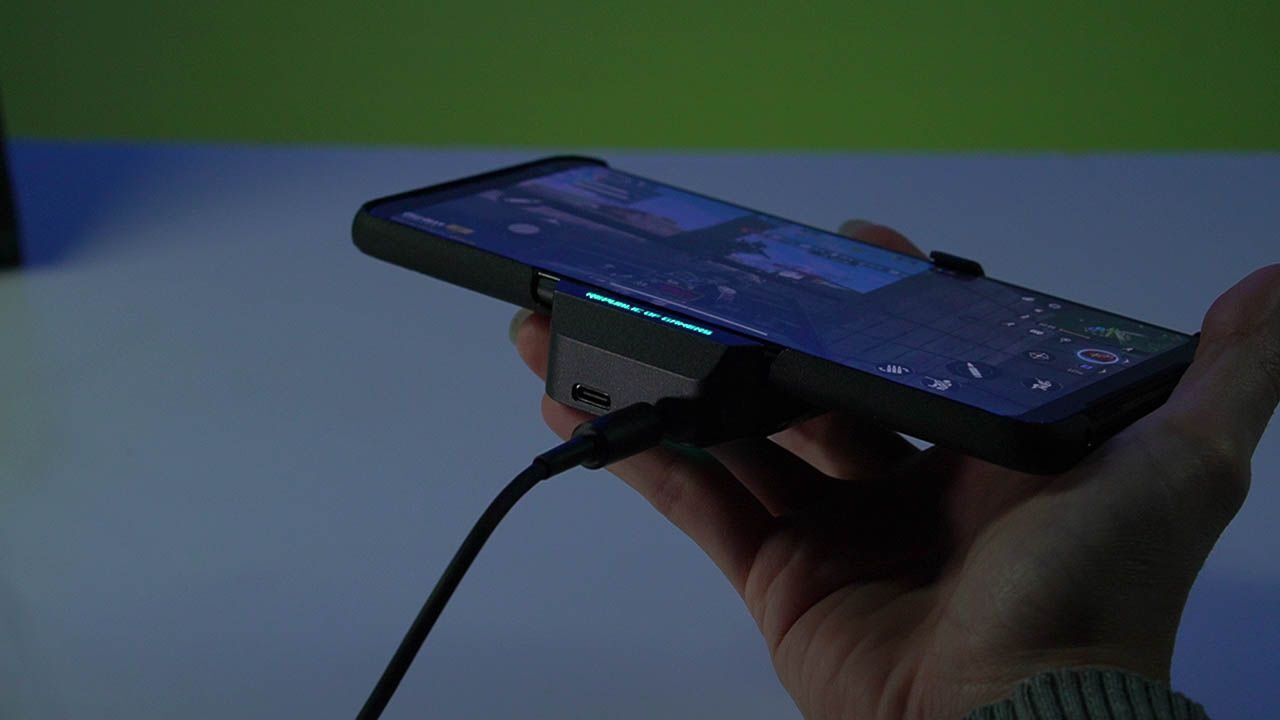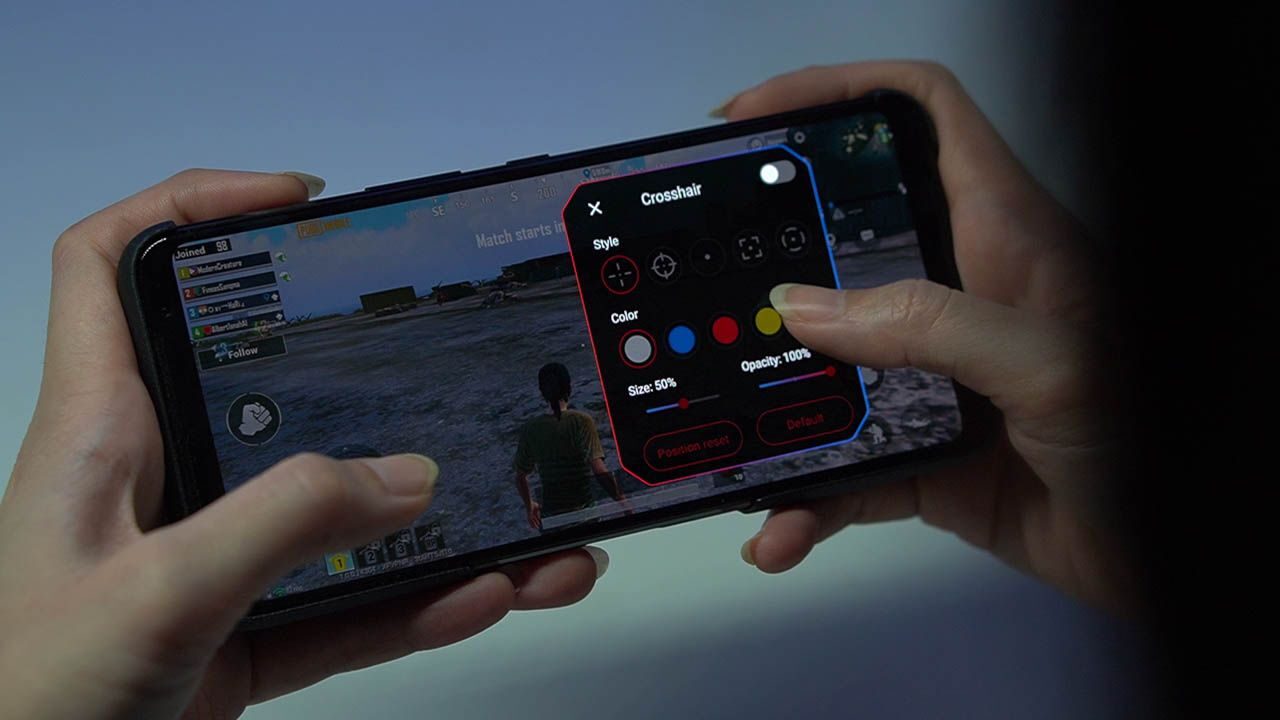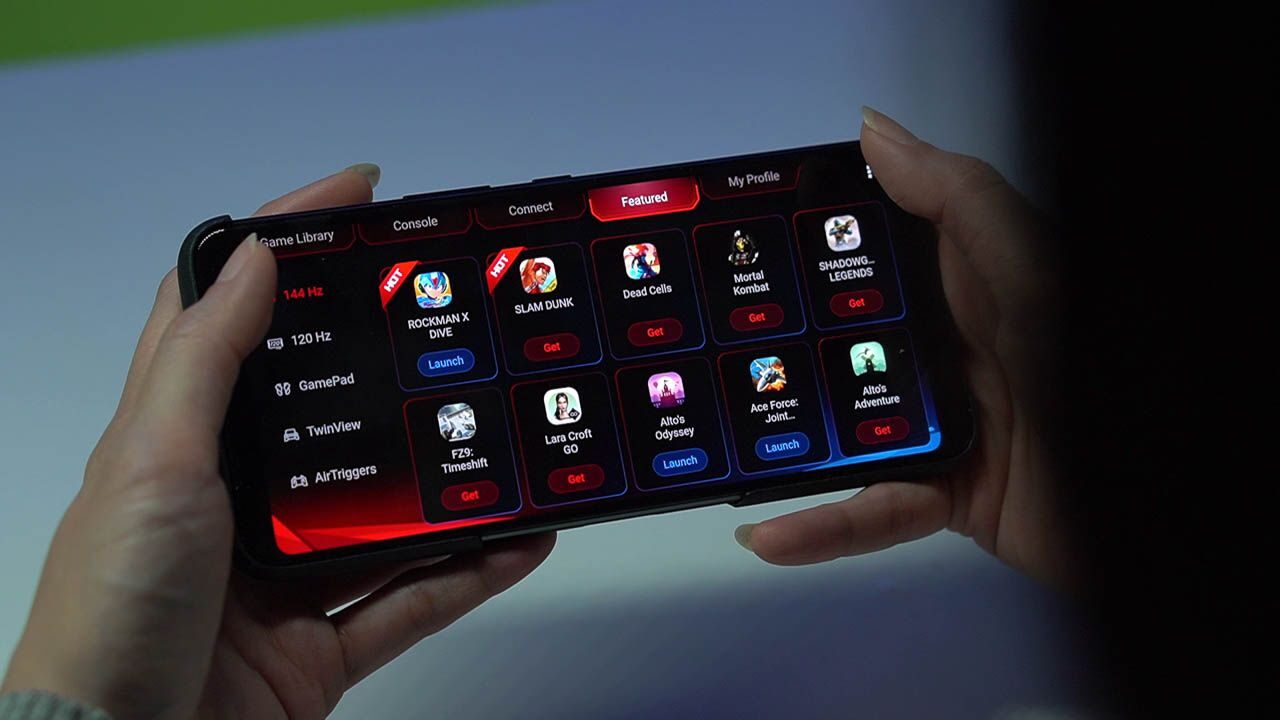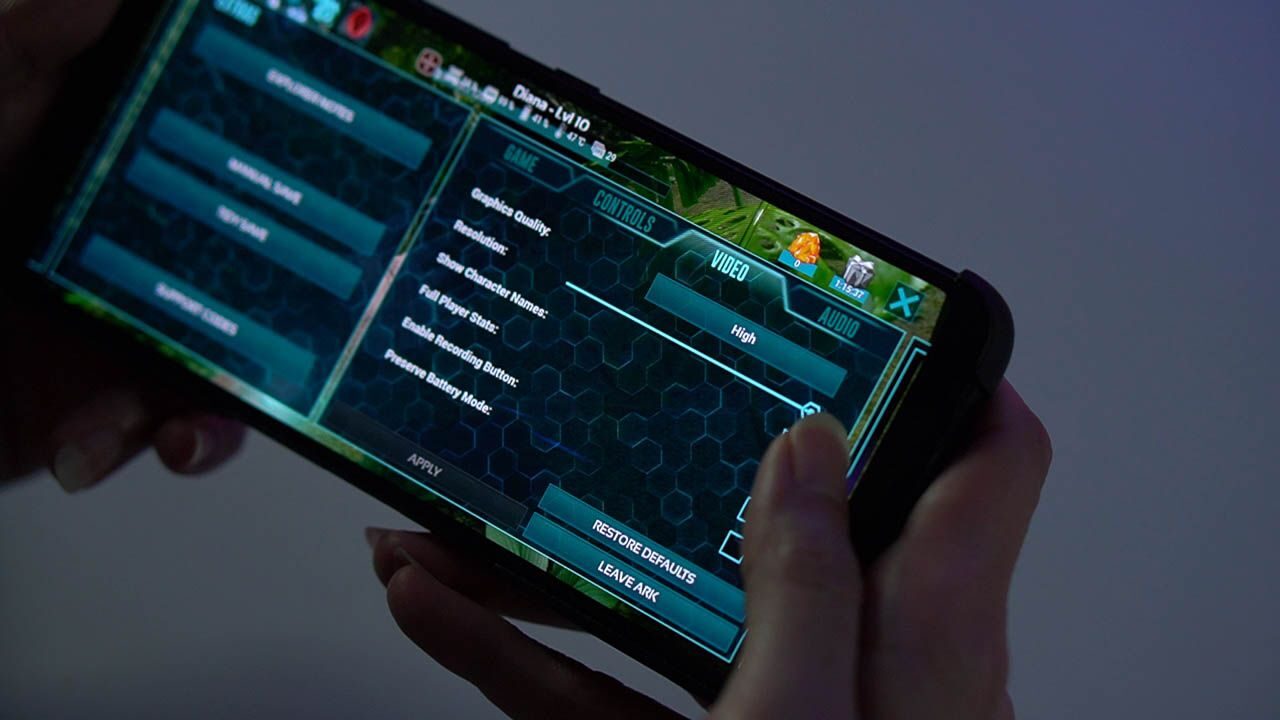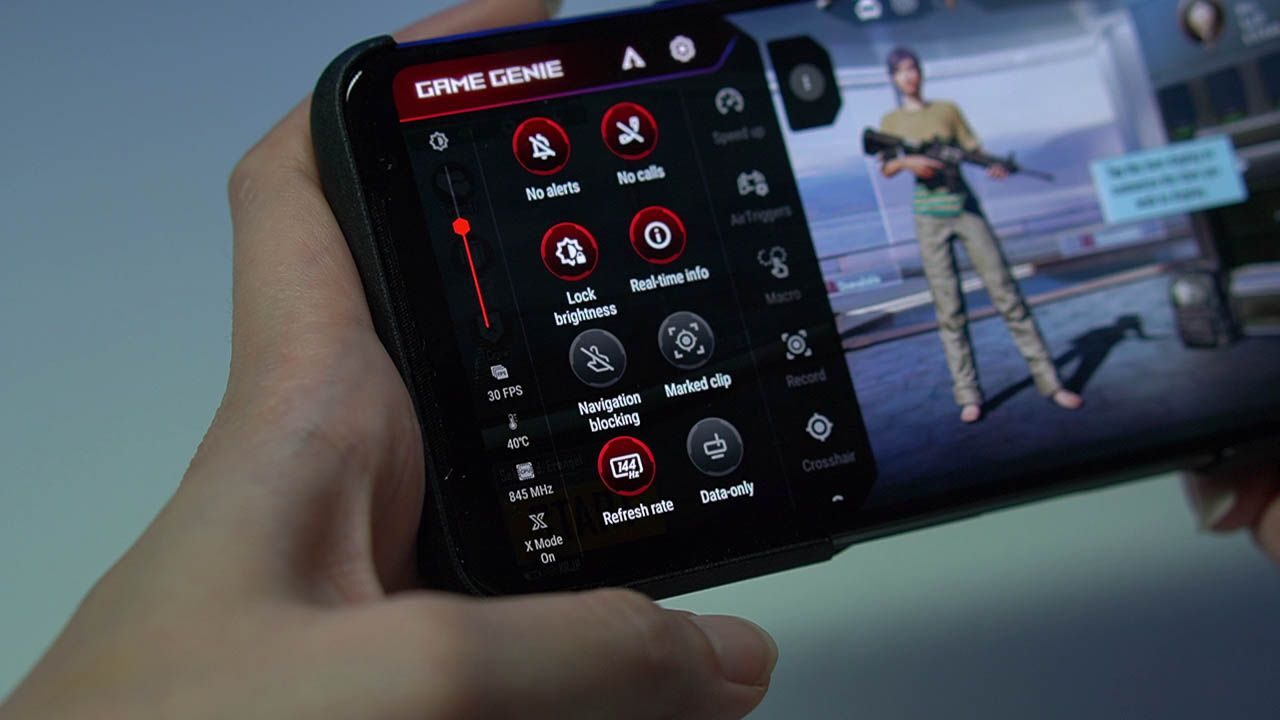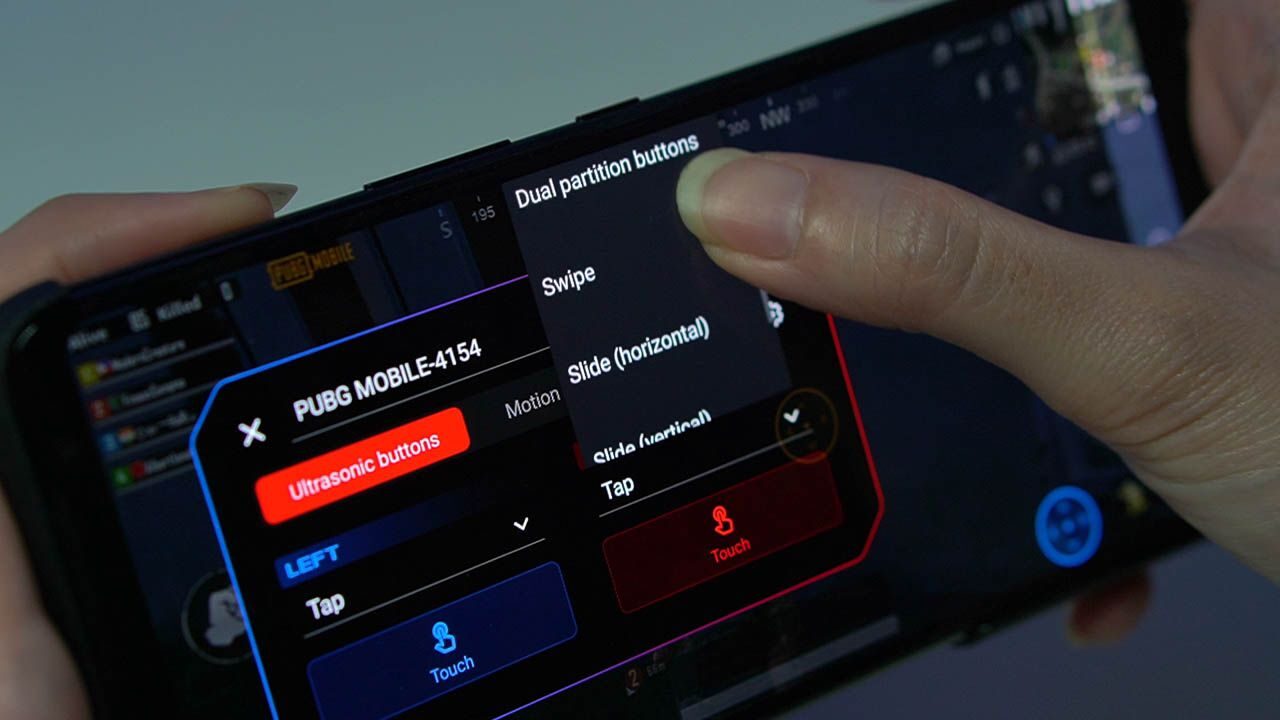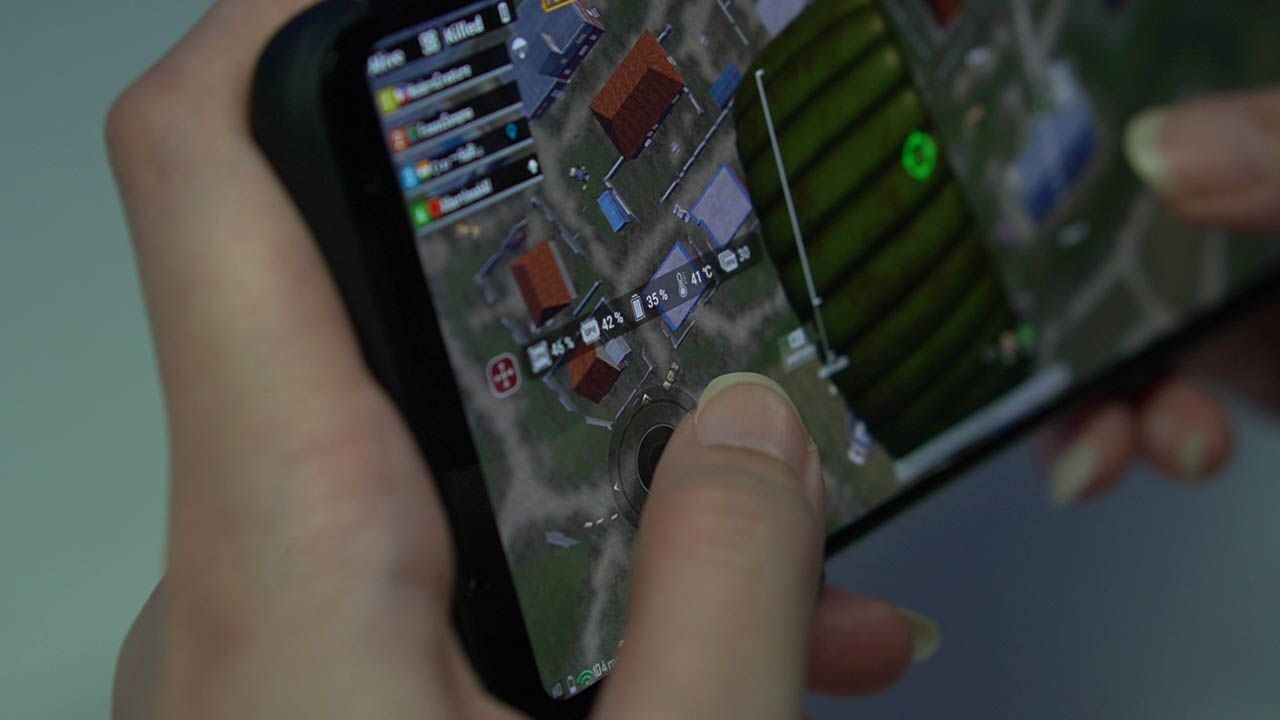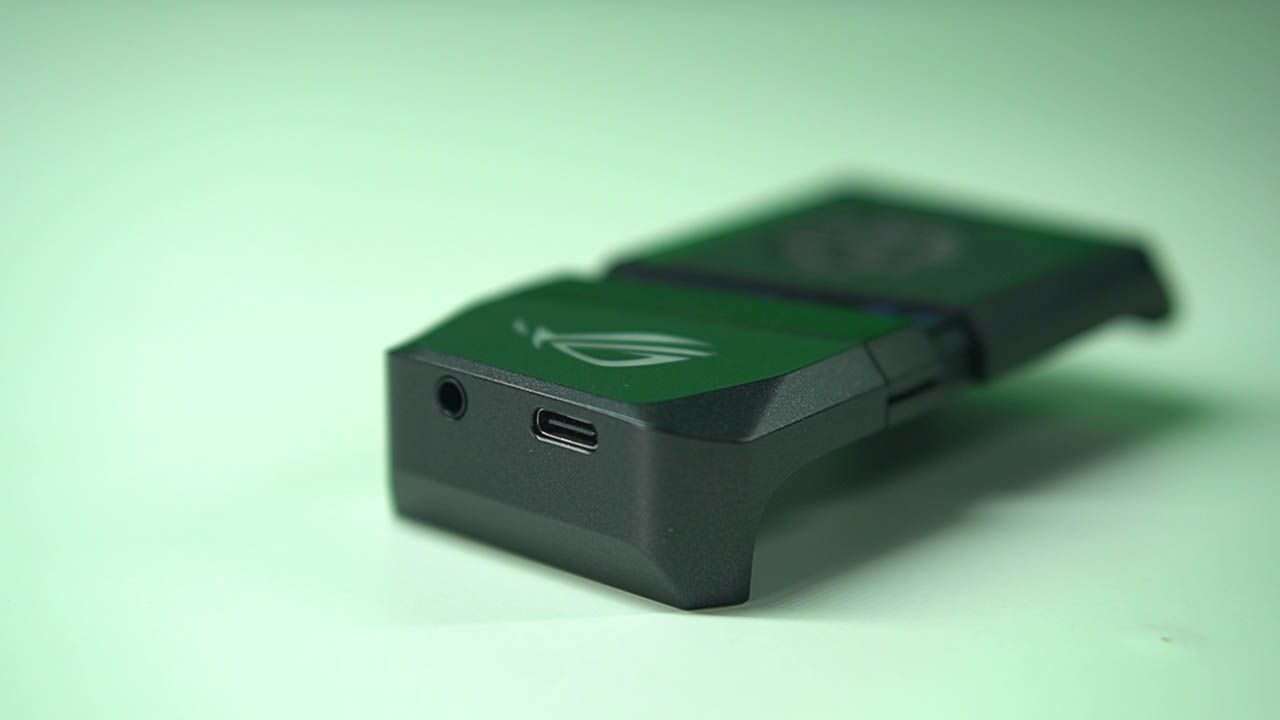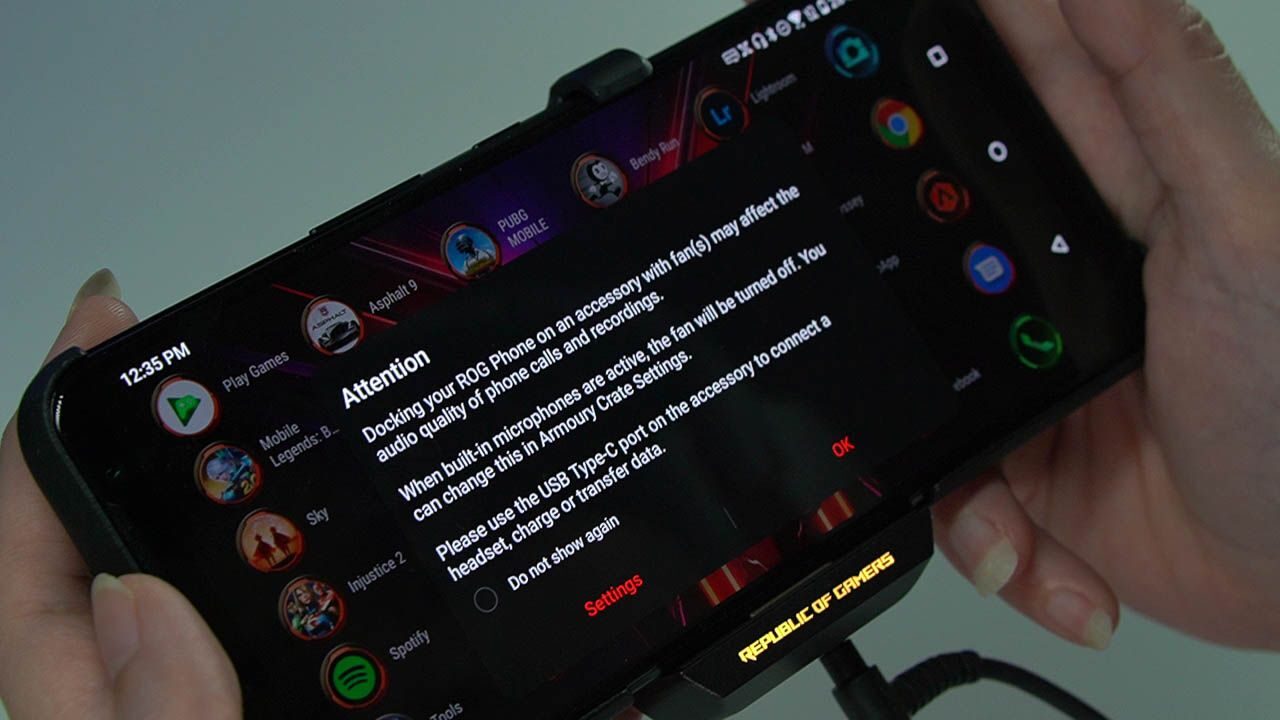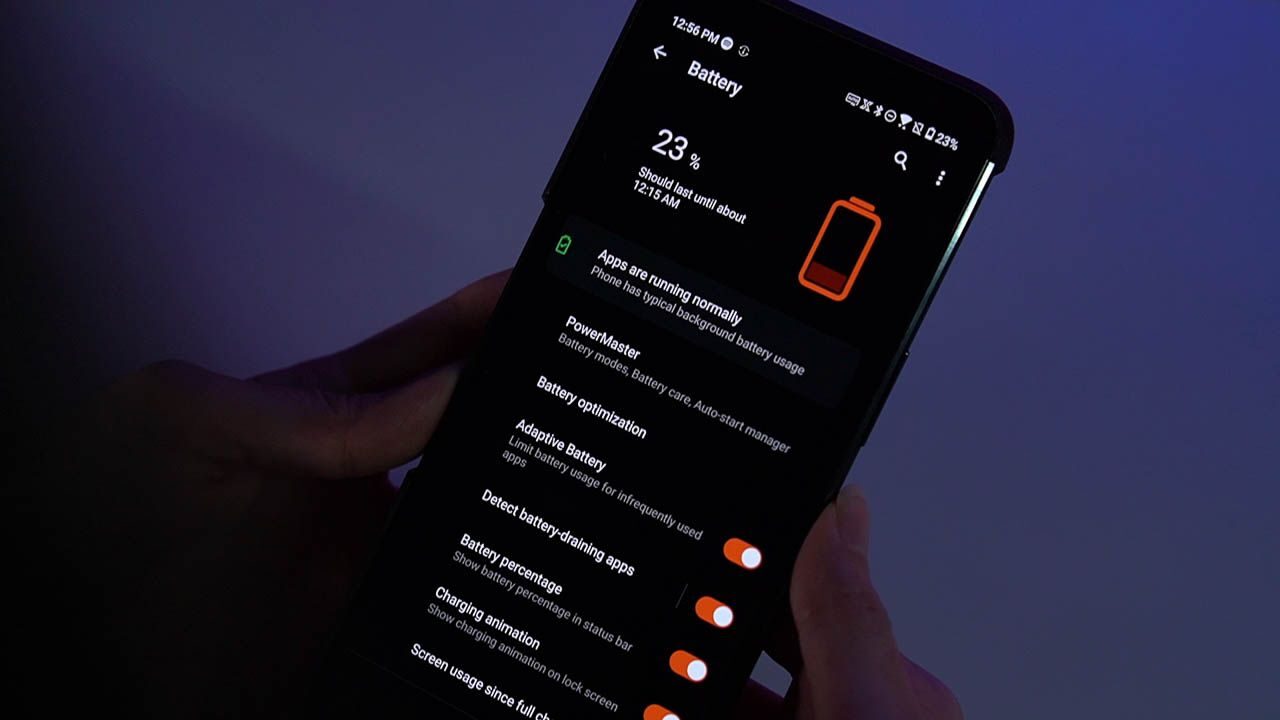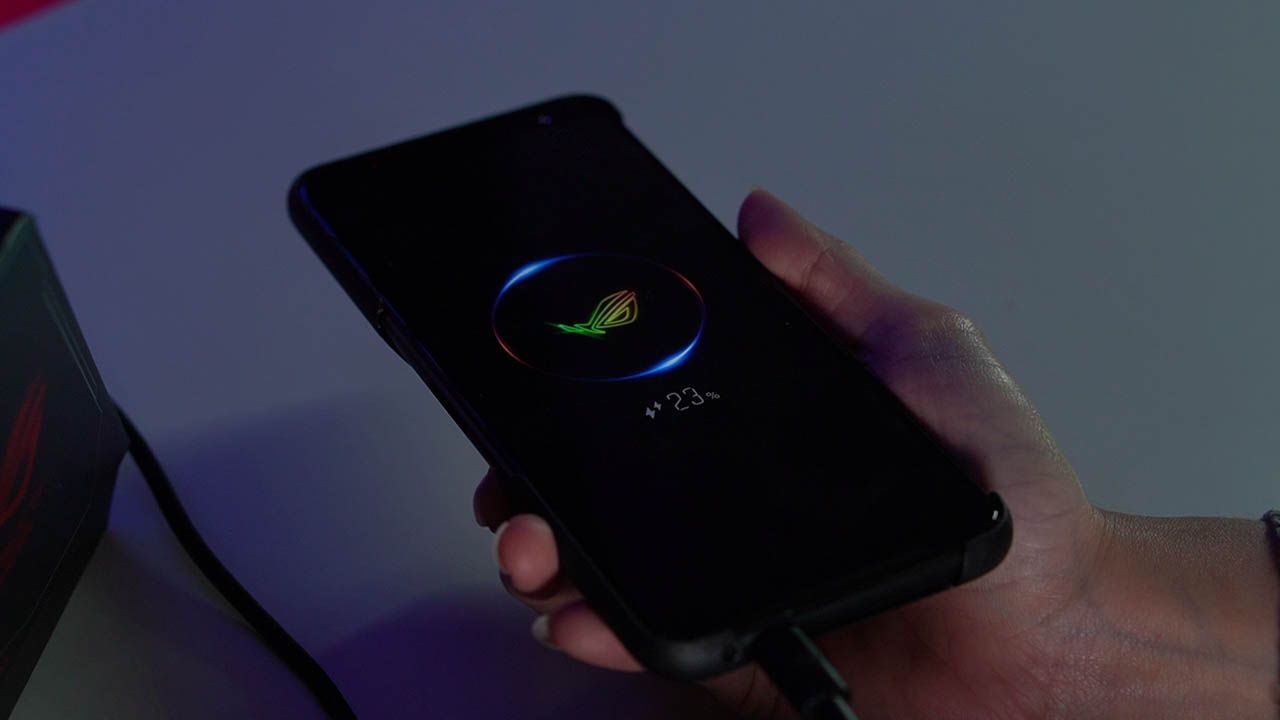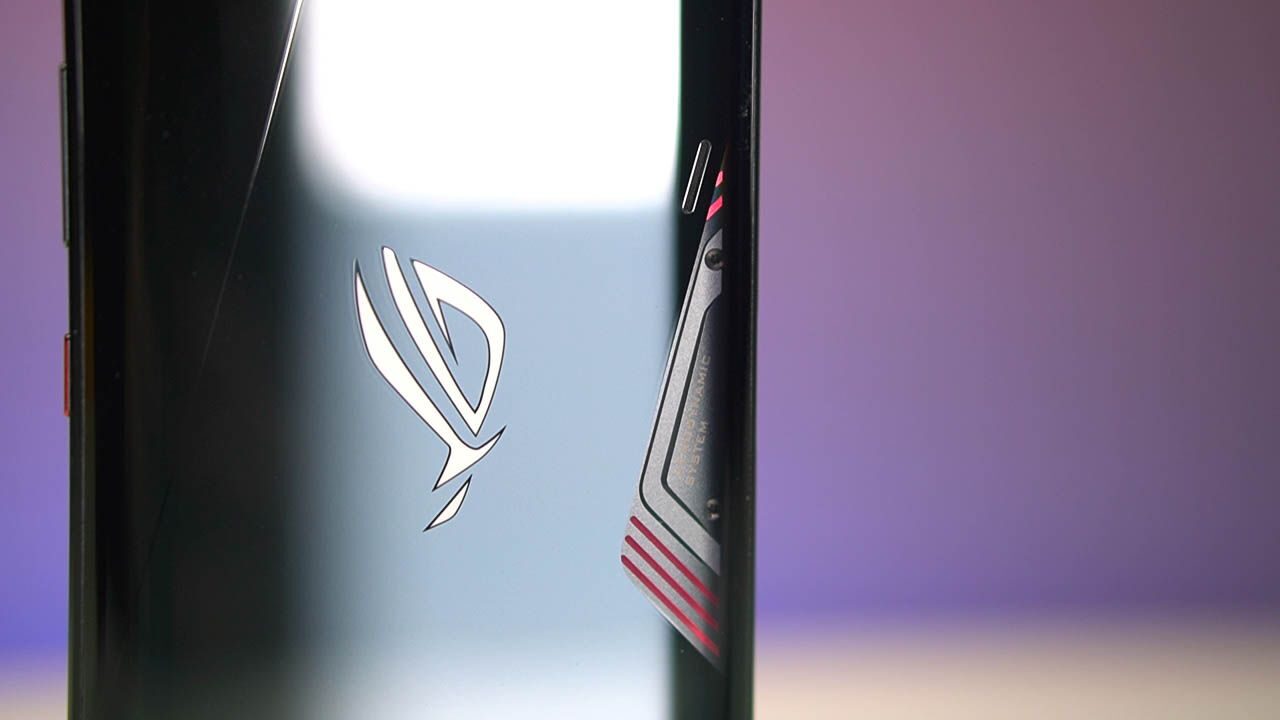Samsung has basically cemented its position on the top with its Flip and Fold devices but that was during a time when options were, well, pretty scarce.
But as each day passes, technology improves and I can confidently say that the OPPO Find N2 Flip does bring pretty significant improvements to the flip game.
The crowd-favorite: its large cover display
It’s really quite obvious that this is the main draw of this flip phone and among all the available folding phones on the market right now, the OPPO Find N2 has the largest cover screen at 3.2 inches.
The size makes it really really easy to navigate through the widgets and read notifications and messages. And as expected, it works incredibly well with the cameras, too. I’m also glad that it’s a really well-built screen. It’s a really good first attempt at a large cover screen for a flip phone.
Colors are vibrant, animations are smooth, and it’s pretty bright even when used under the sun.
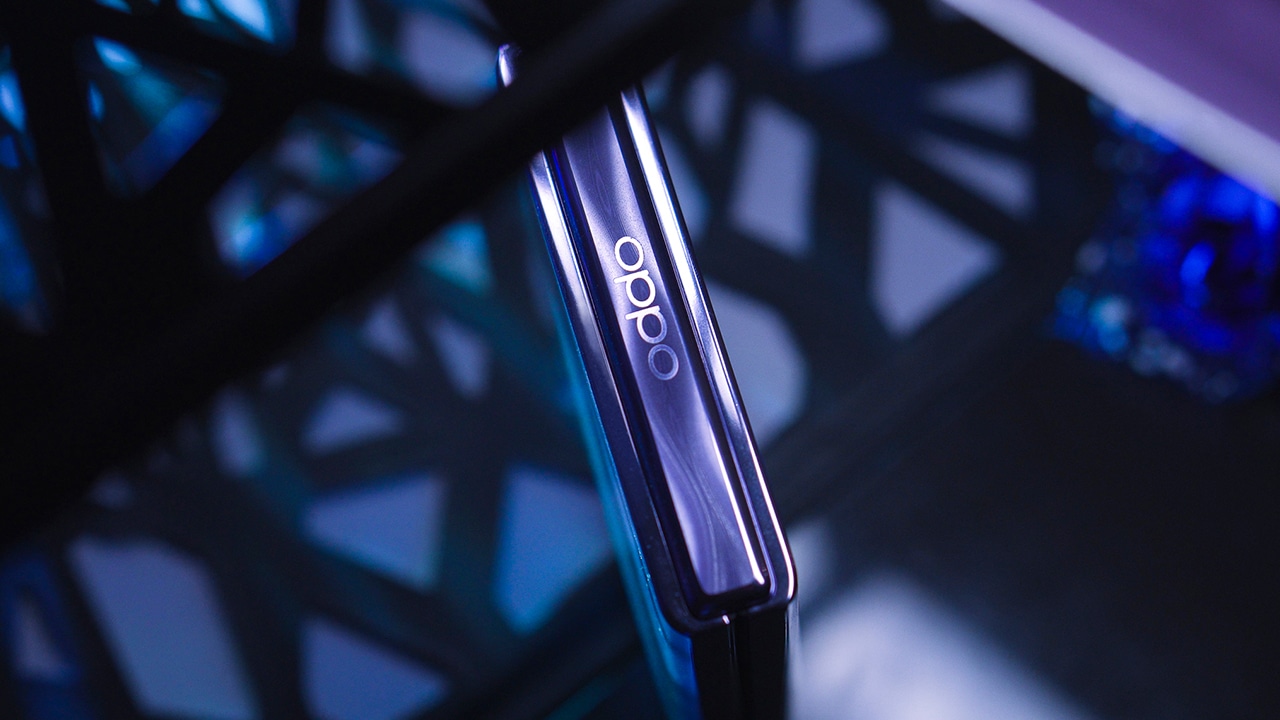
It’s functional, too, but not as functional as I’d hoped, I’ll get to why in a bit. First, let’s talk about the things it can do.
As mentioned the large display made it easy to read notifications and you’re even given quick reply options. This works for all the messaging apps I used including Facebook Messenger and Instagram but OPPO says that it should work across a number of popular apps.
Another useful little feature the Find N2 Flip’s cover screen offers is quick toggling of commonly used settings. And you can find all of these with a single swipe down — pretty nifty when you want to quickly silence your phone, switch to airplane mode, or even access the flashlight.
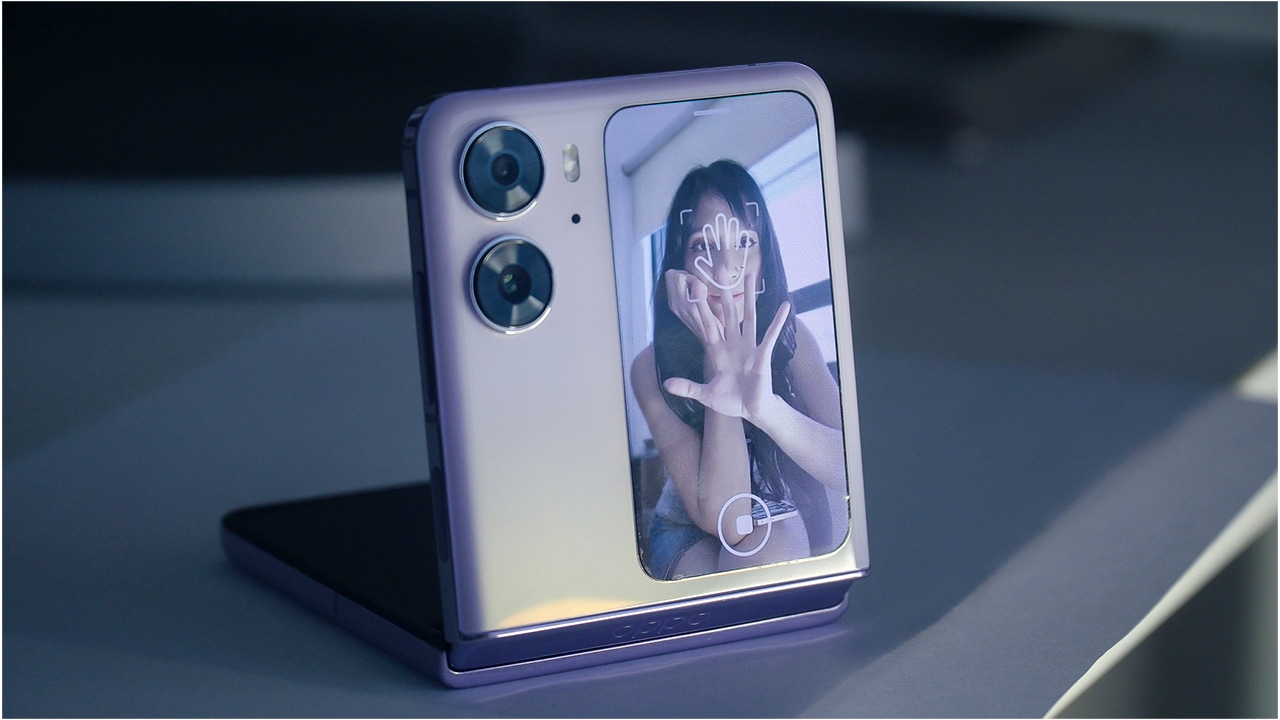
Widgets are few but you do get some essentials — calendar events, a timer, wireless earphone controls, and of course, the camera. The cover display also supports animated wallpapers and even offers interactive pets. They don’t do much but they are pretty cute. I would much rather put a cute gif like this that matches this adorable moonlit purple color.
OPPO says, though, that more widgets are coming including a voice recorder and Spotify widget.
My favorite, and probably everyone’s favorite use of this screen is for the camera. With the usual form factor, rear cameras are your best bet for higher-quality photos and that’s what makes the flip factor appealing to selfie-takers — more so with the large cover display.
Apart from taking photos, you can even preview them too. I absolutely love this feature since I can instantly show my friends the photos without even opening my phone.
Now, the OPPO Find N2 Flip’s large cover display makes it easily loveable but it also became sort of frustrating — but in a sort of good way. Hear me out.
I personally came to love the cover display so much that I just ended up wanting more from it.
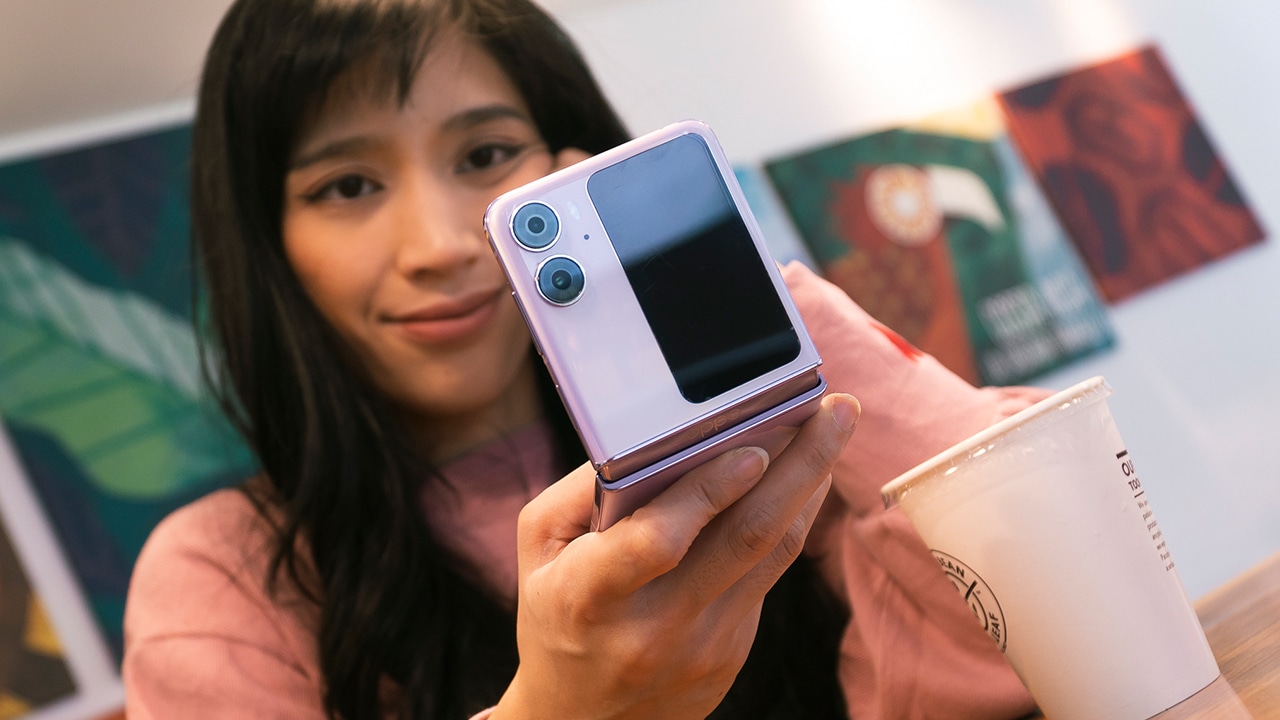
If it offered just a tad bit more functionality, like being able to type in replies or have social media widgets, I would be over the moon for this device but maybe that’s technology we’ll see on future foldable, I suppose.
One other thing that has me iffy over this cover screen is the extra care you’ll need to exert. I’m not the best at keeping my screen scratch-free so this is a real concern for me.
There is a screen protector pre-installed, luckily, and I would highly suggest that you keep it on as the display offers no protection against scratches.
Modern cameras suited for a modern flip
With the size and form factor of flip phones, I can see why getting flagship-level quality on cameras is a difficult thing to achieve. And it’s often one of the things that have kept me from getting a flip phone myself since I do highly value cameras.
But again, as each day passes, technology improves. And the OPPO Find N2 Flip’s cameras are definitely an improvement.
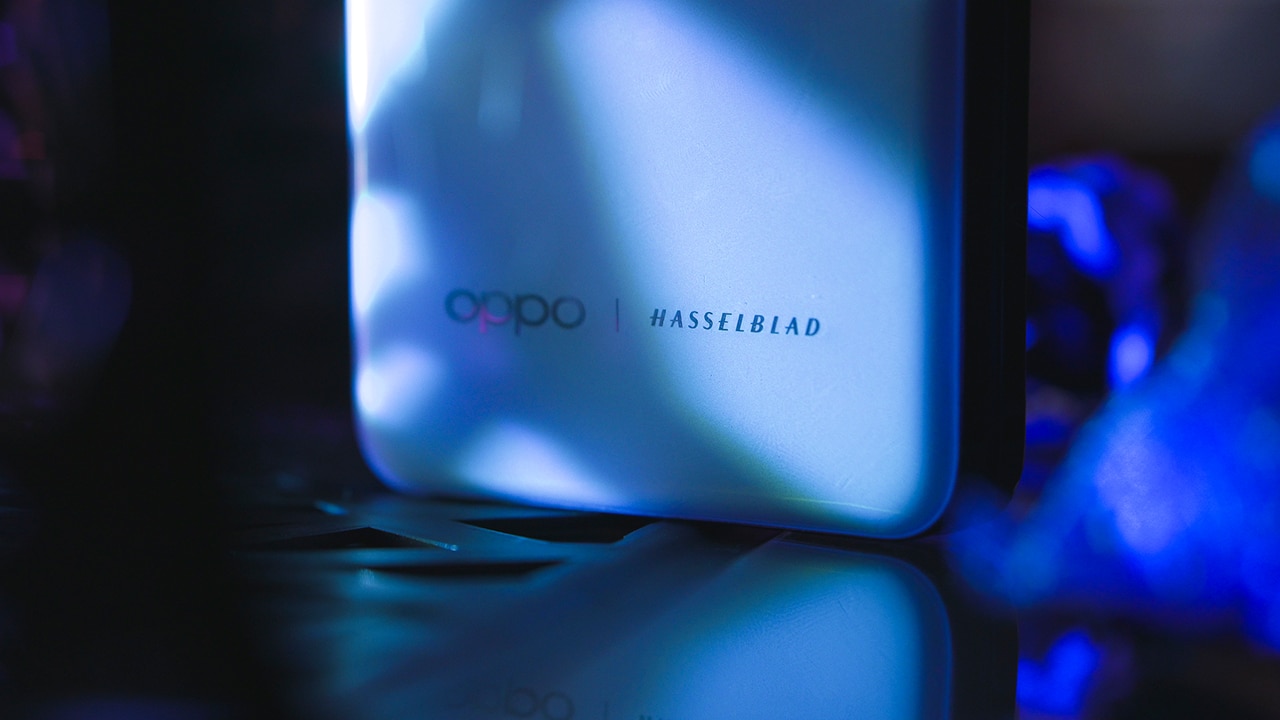
We have a dual camera setup here with the 50-megapixel main camera taking on the bulk of the work. The 8-megapixel ultra-wide does its job well enough, too, and is good support for the main camera.
In adequate light and for taking photos of people and animals, the OPPO Find N2 Flip is very very capable. That Hasselblad color tuning is a great big plus as the photos produced have well-balanced and faithful colors all around.
As a person who isn’t a fan of overly saturated images, I am very satisfied with the color science on this device.
Facial touch-ups, though a tad bit aggressive, are handled well and you won’t look overly filtered as long as you have the proper levels set.
And for fans of Pro Mode, we have the Hasselblad Professional Mode that offers support for 10-bit RAW captures and full manual control.
Overall, the cameras performed beyond what I expected especially since this is just OPPO’s second attempt at a flip phone.
But it’s not perfect. While it does very well in well-lit environments, it falls short on two things: low light and zoom quality.
Noise and artifacts are more prominent once you fall into less desirable shooting conditions. OPPO’s Marisilicon X can sometimes help in restoring lost details but, again, better lighting is the most ideal for these cameras.
For the selfie camera, it’s not surprising to see a high-megapixel shooter on an OPPO device. With the 32-megapixel shooter, you can also count on clean and detailed selfies though the same lowlight problem does exist.
But in all honestly, I rarely used the front-facing camera in my time with this device. It is a flip, after all, so I would rather use the rear cameras and that large cover display.
For one, quality is evidently better when you use the rear cameras and it’s easy enough to control with the cover display. Plus, it’s just fun to use and instantly impresses anyone I want to take a selfie with.
Better battery life
Another major pain point for flip phones is their battery life. With a tiny and alternative form factor from the usual brick phones, it’s unsurprising that companies are still figuring out how to make the battery bigger and last longer.
Well OPPO did its homework as the Find N2 Flip is able to pack a 4300mAh battery – the largest on a flip phone so far.
And not only that, it has 44W SUPERVOOC charging too that fetches you 50% battery in just 25 minutes.
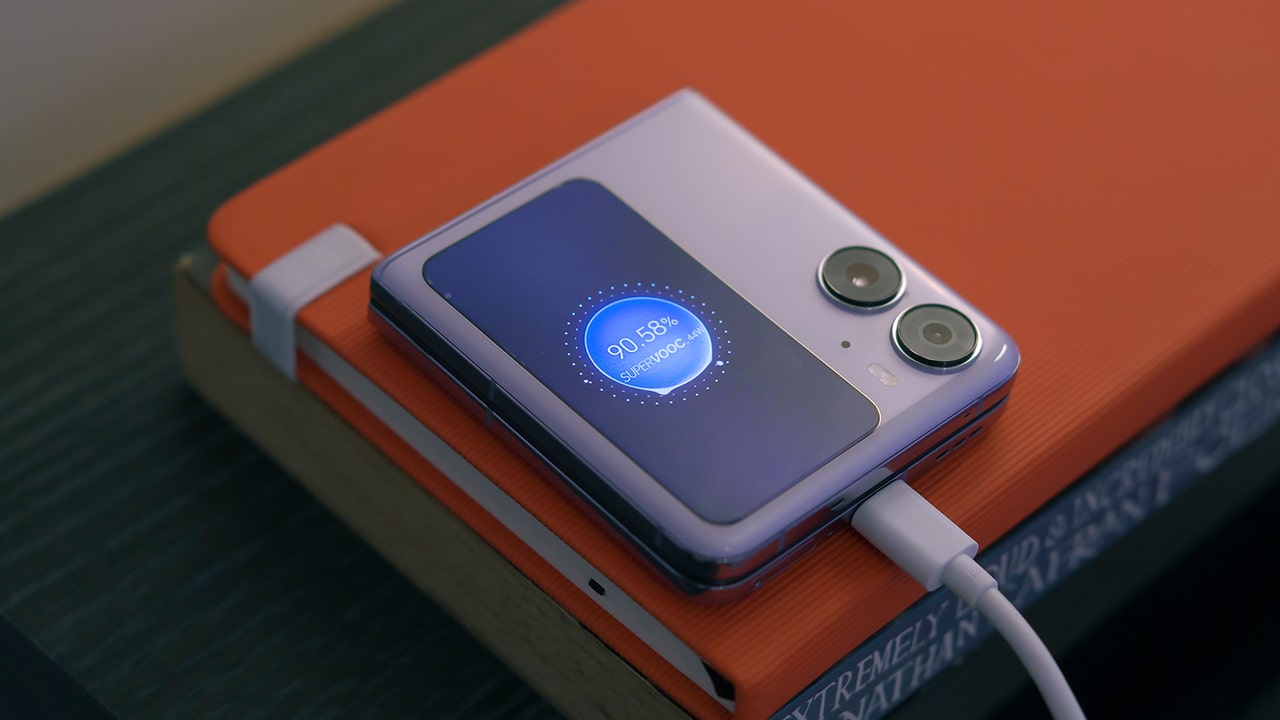
In the real world, the phone was able to last about 6-7 hours. This was in using it for all sorts of things including taking photos and videos, killing time on social media, some email work, and all the usual daily smartphone tasks.
Still not as good as the usual phone but probably the best on a flip. And that fast charging is a welcome convenience since you will most likely have to charge before the day ends.
With these three major improvements, the OPPO Find N2 Flip becomes one of the most enjoyable flip phones to use, and dare I say it’s become my favorite so far. It still doesn’t tick all the boxes I have for my daily smartphone but it’s a great sign that flip phones are getting better and better with every release.
What else can you expect?
Before we wrap things up here, I do still want to glaze over the other noteworthy features of this flip phone.
OPPO really did its best to insert as much as it can to make this phone premium. Its main display is not only practically flagship level but the crease is also the most unnoticeable out of all the flip phones I’ve seen.
You also have a top-tier processor, a good amount of RAM, large storage, dual speakers with Dolby Atmos, and dual 5G sim support.
Another thing that makes it a bit more appealing is its price. For what the OPPO Find N2 Flip is offering, you’re getting a pretty good deal, especially when comparing it to other flip phones on the market today.
Final thoughts
Let’s head back to the question that started this video. What does the OPPO Find N2 Flip do better?
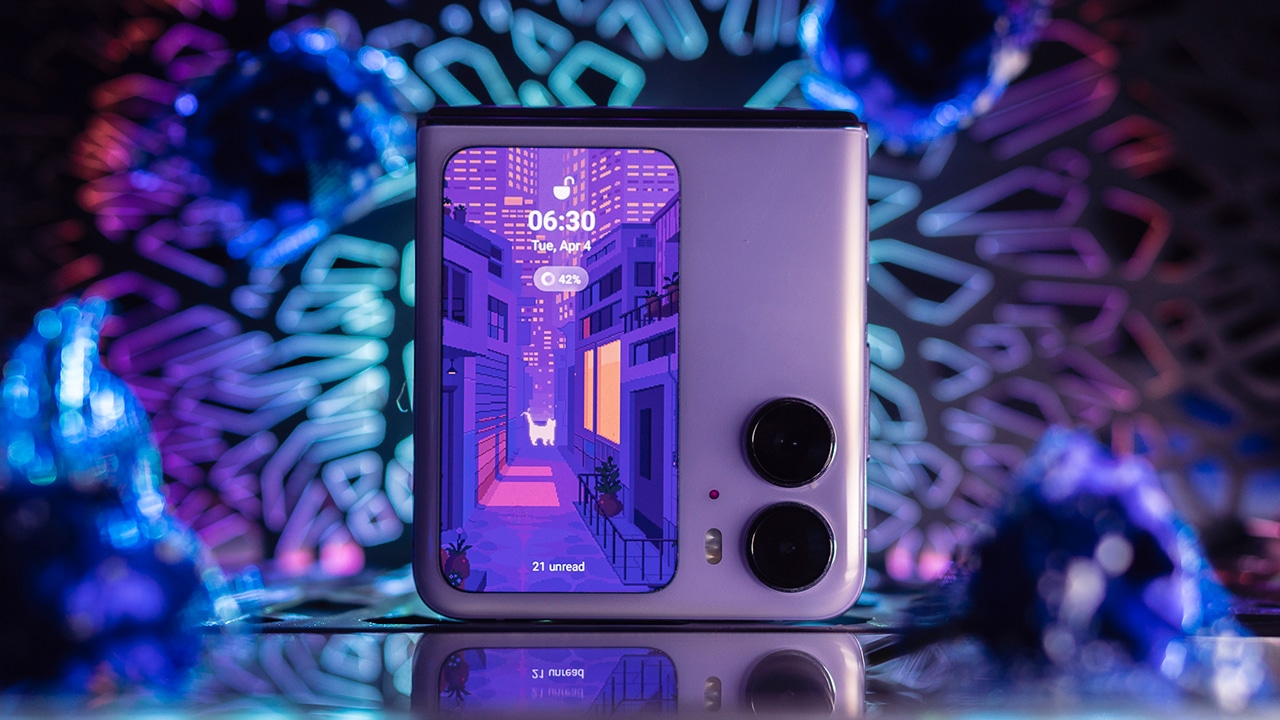 Three things: cover screen, cameras, and battery. Plus you’re getting a bunch of flagship-level specs too. Major downsides are the limited functionality of that cover screen and some heating issues but neither were problematic enough for me to really call out.
Three things: cover screen, cameras, and battery. Plus you’re getting a bunch of flagship-level specs too. Major downsides are the limited functionality of that cover screen and some heating issues but neither were problematic enough for me to really call out.
The OPPO Find N2 Flip is one heck of a good flip phone and becomes a very viable competitor to the ever-popular Samsung Flip devices. And we’re lucky enough to have it in our country.





























